This post is Part IV in my blog post series on our road trip through the Peloponnese, a peninsula in southern Greece. This part of the road trip covers our time in the Mani, the central southern prong of the Peloponnese. Make sure you read Parts I, II and III first.
I’m really excited to share my insights into a wonderful and spectacular area of Greece, the Mani. The Mani is located on the central southern prong of mainland Greece. While the Mani is incredibly beautiful, historically the challenging terrain demanded a certain type of resistance. Most villages could only be reached by sea. The people, the Maniots, were fiercely independent and even retained self-rule when Greece fell to the Ottomans in 1460. Under the protection of small clans, they built defensive tower house dwellings. They waged drawn-out vendettas against each other until well into the 19th century. Yes, there was a lot of fighting, violence and, frankly, theft. However, in some ways, this is not surprising as the peninsula’s native inhabitants claim that they are direct descendants of the Spartans.
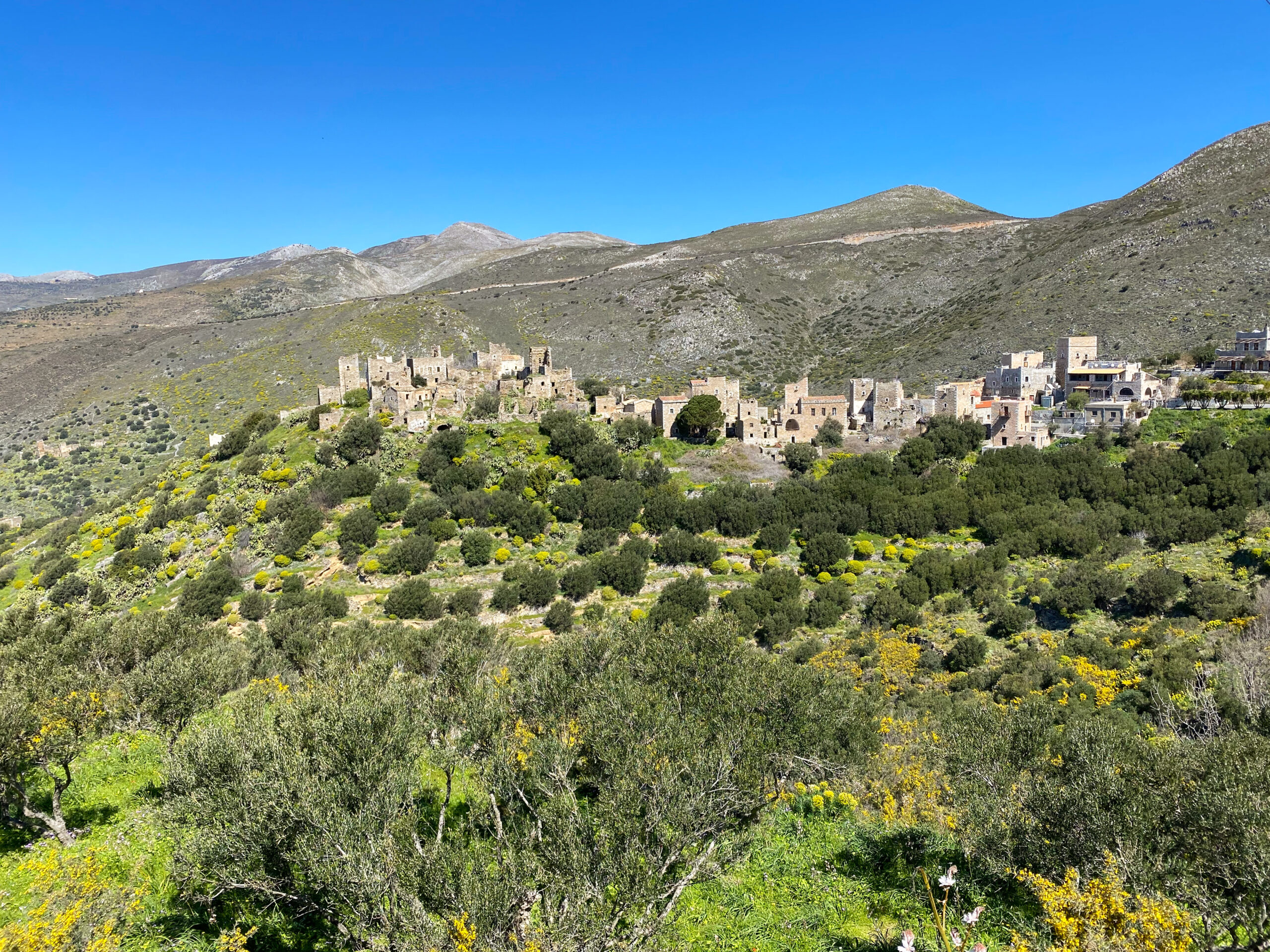 Of course, today the situation is thankfully a little different. Rather than family feuds, you’ll find peaceful pebbled beaches and wondrous fields and mountains covered in vegetation (and wildflowers in the Spring). The Mani is divided into three parts, the Kato, Mesa and Exo Mani. Yesterday, we started in the Kato Mani (Inner Mani), the entry to the Mani region from the northeast side. The main town in this area is the charming fishing village of Gytheio. You can read about our brief visit in my last blog post.
Of course, today the situation is thankfully a little different. Rather than family feuds, you’ll find peaceful pebbled beaches and wondrous fields and mountains covered in vegetation (and wildflowers in the Spring). The Mani is divided into three parts, the Kato, Mesa and Exo Mani. Yesterday, we started in the Kato Mani (Inner Mani), the entry to the Mani region from the northeast side. The main town in this area is the charming fishing village of Gytheio. You can read about our brief visit in my last blog post.
Limeni
From the Kato Mani, we drove to the Mesa Mani where we spent most of our time. The Mesa Mani (Deep Mani), further south, is a beautifully different place, with its rugged coastline broken by only the occasional cove. Far fewer people visit here, and even fewer stay for a while.
Picking up on where we left off in my last blog post, we chose Limeni as our base to discover the Mani region over the next few days. We stayed at Vasilios Hotel Apartments. It’s built up on a hill and so we had an amazing view of the village and bay. It’s also built in the architectural style of many of the buildings in the Mani, essentially tall square stone towers. As I mentioned above, these towers were for defensive purposes. They were built solely out of stone and were tall and narrow with only slits for windows. Many of these towers have now been converted into homes for modern families, or accommodations like ours!
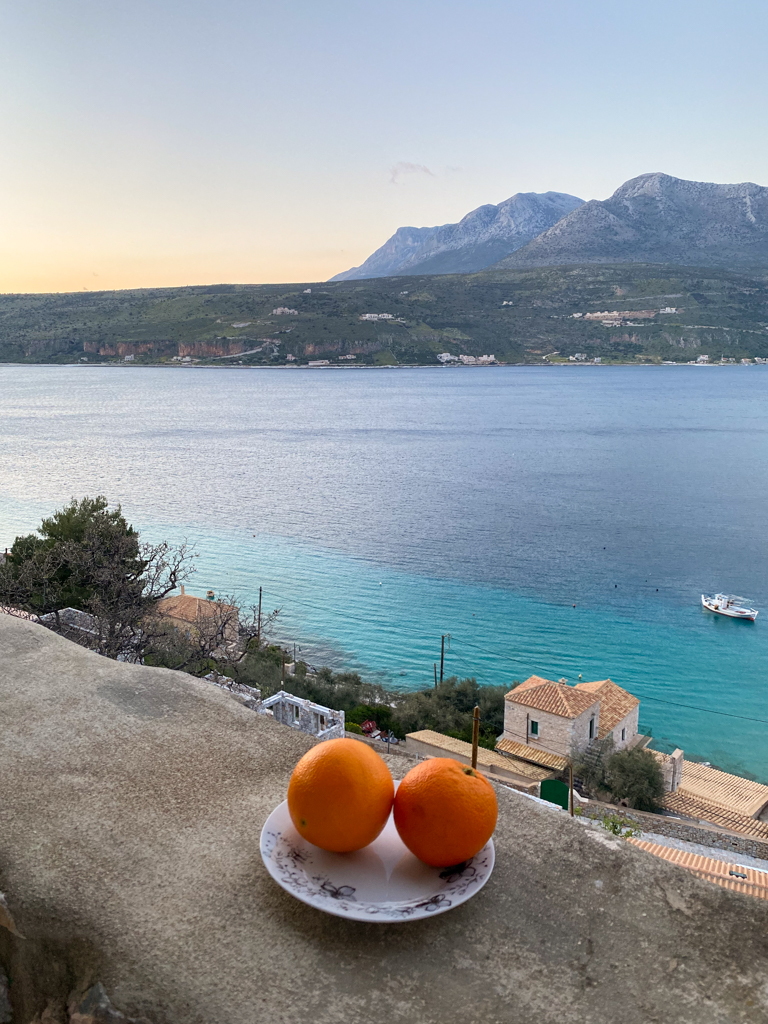

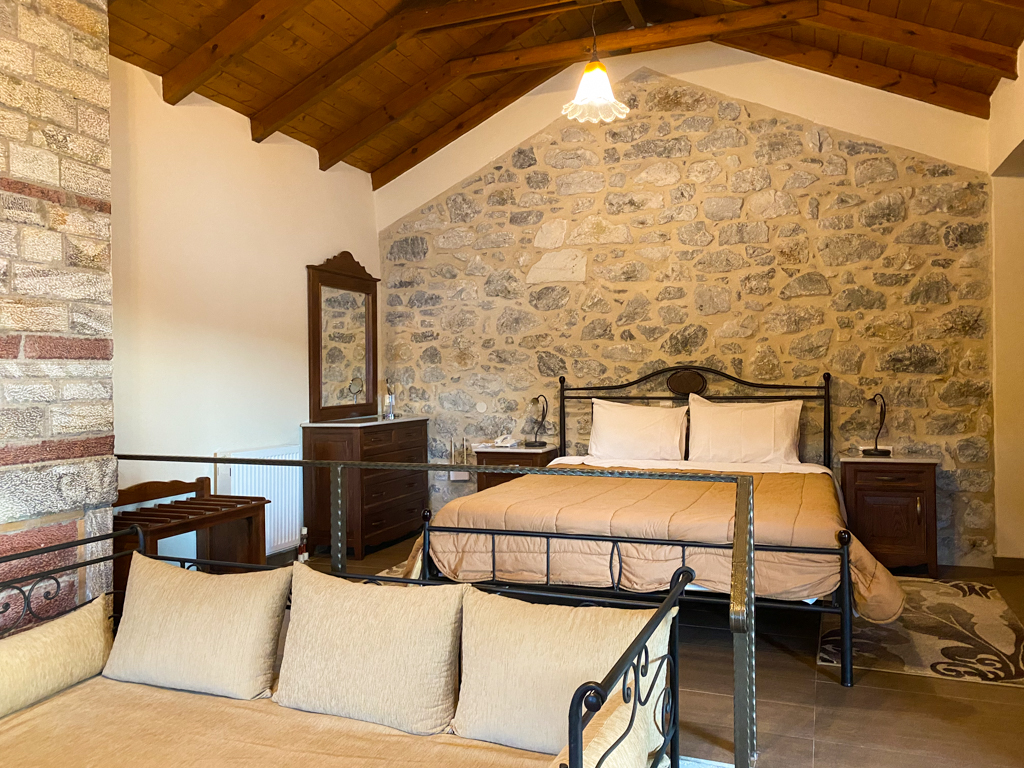
The village of Limeni is tiny but incredibly charming. There are a few tavernas and hotels dotted along the shore and there’s the old palace of the Mavromichalis family. A prominent clan of the Mani region, the Mavromichalis family was very powerful and influential in the history of Greece. They pushed out the Turks in the Mani region, and eventually started a rebellion that would become the Greek War of Independence. In modern times, one of them was even a Greek Prime Minister.
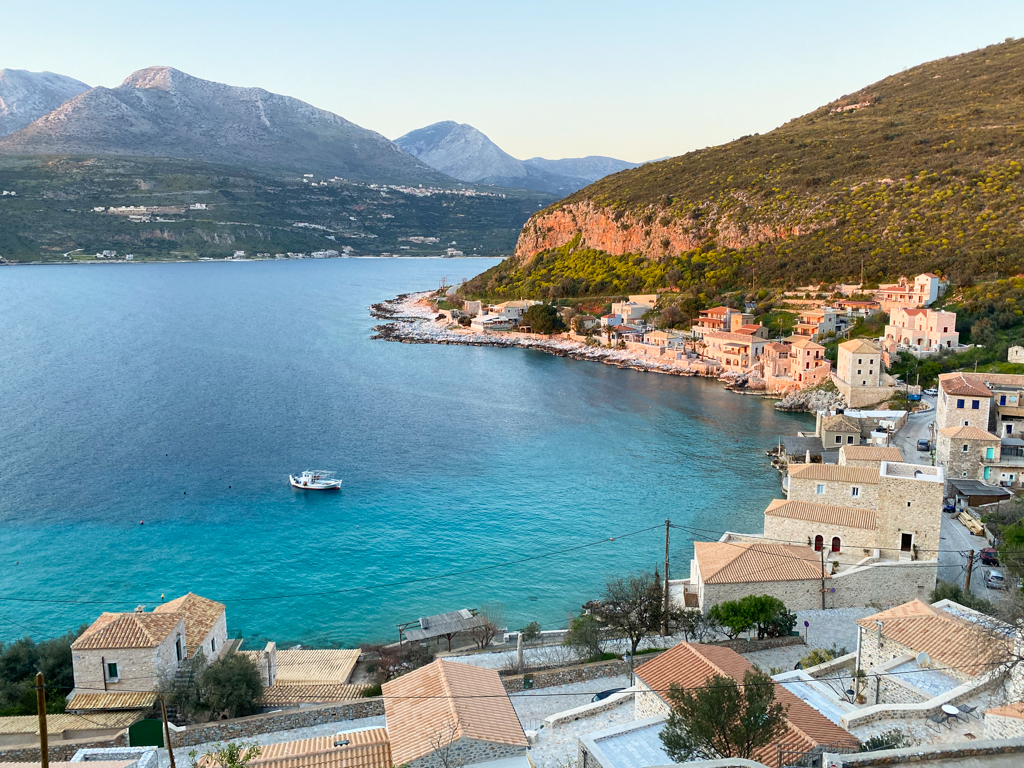 As the sun was starting to set, it was time for dinner. We drove across the bay to the little village of Karavostasi to go to a restaurant called To Micro Algeri. We ordered the seafood platter with some salad and everything was delicious. Being March, we were in the region in the off-peak season so we were the only customers there that evening. A pro and a con!
As the sun was starting to set, it was time for dinner. We drove across the bay to the little village of Karavostasi to go to a restaurant called To Micro Algeri. We ordered the seafood platter with some salad and everything was delicious. Being March, we were in the region in the off-peak season so we were the only customers there that evening. A pro and a con!
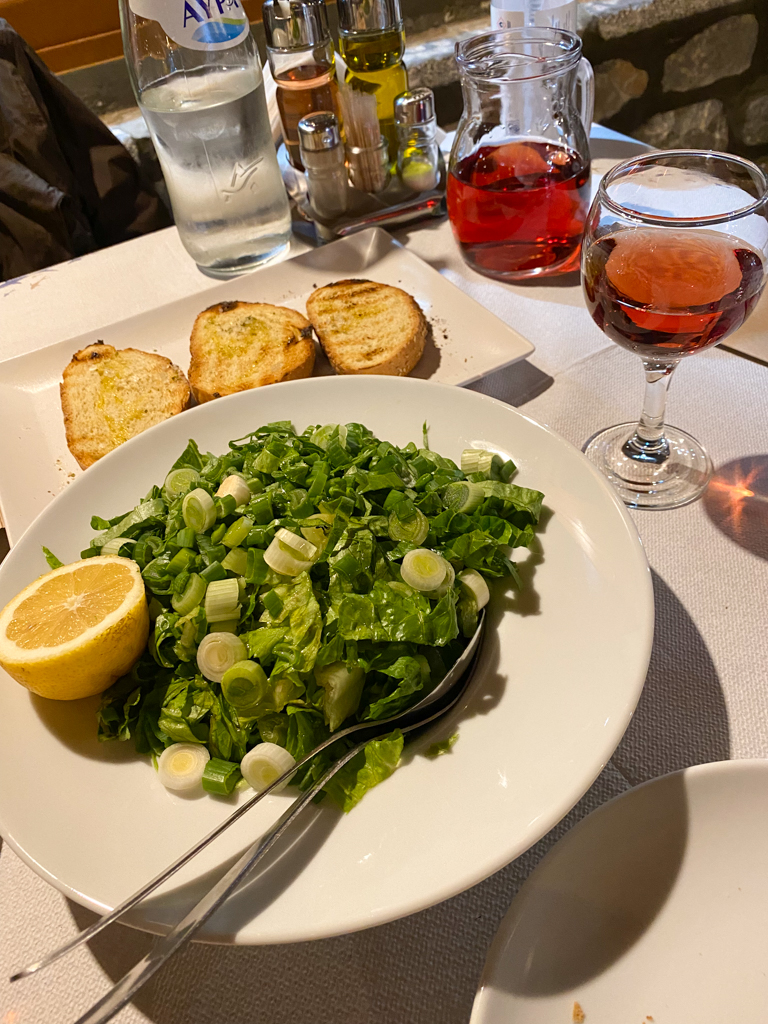

The next morning we got up after a great night’s sleep and headed to breakfast on the terrace. There was a cool, refreshing breeze in the air but the sun was fiercely shining. Breakfast was absolutely great, and our host was incredibly generous. We had lots of traditional Greek goodies.
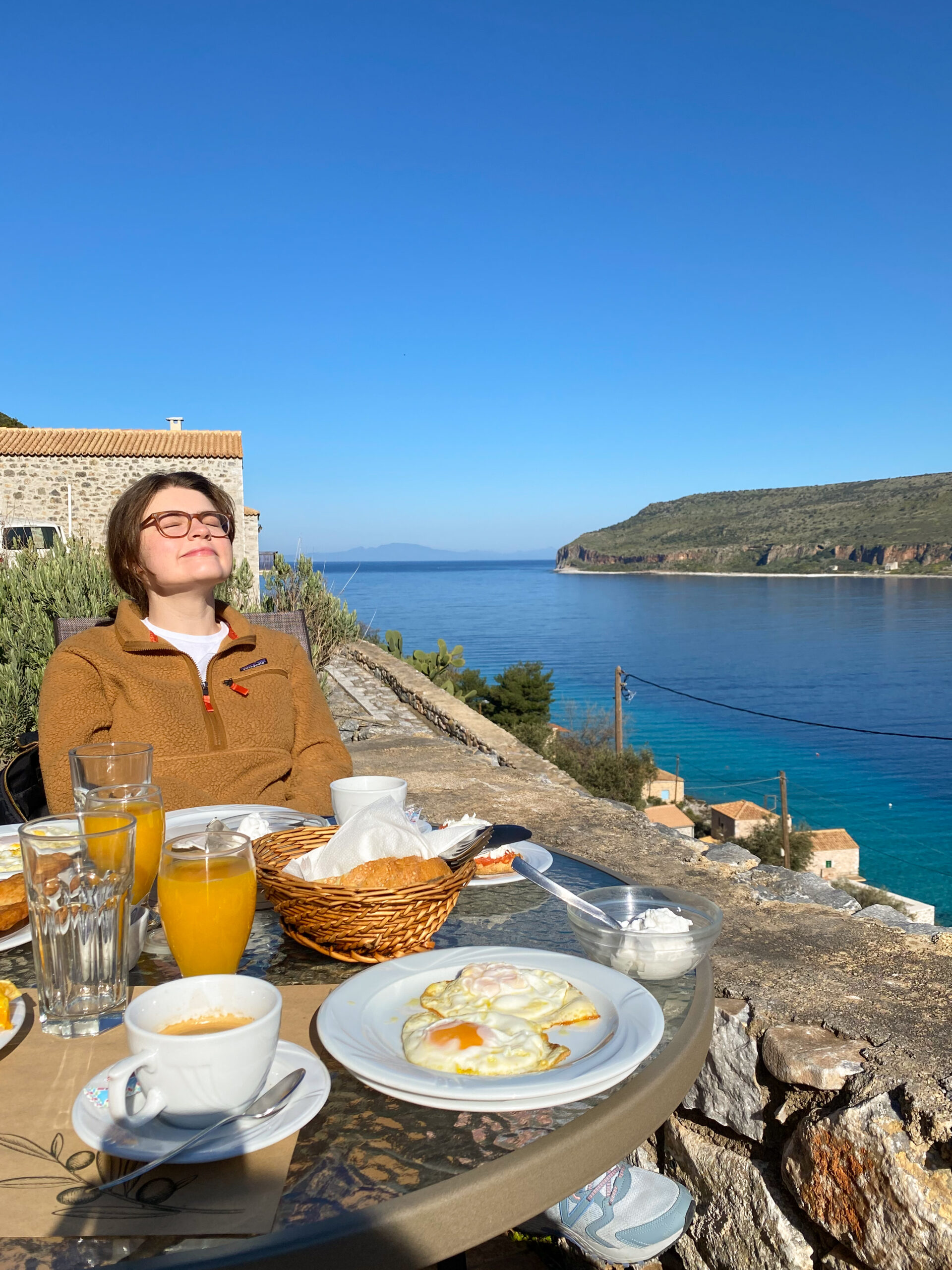
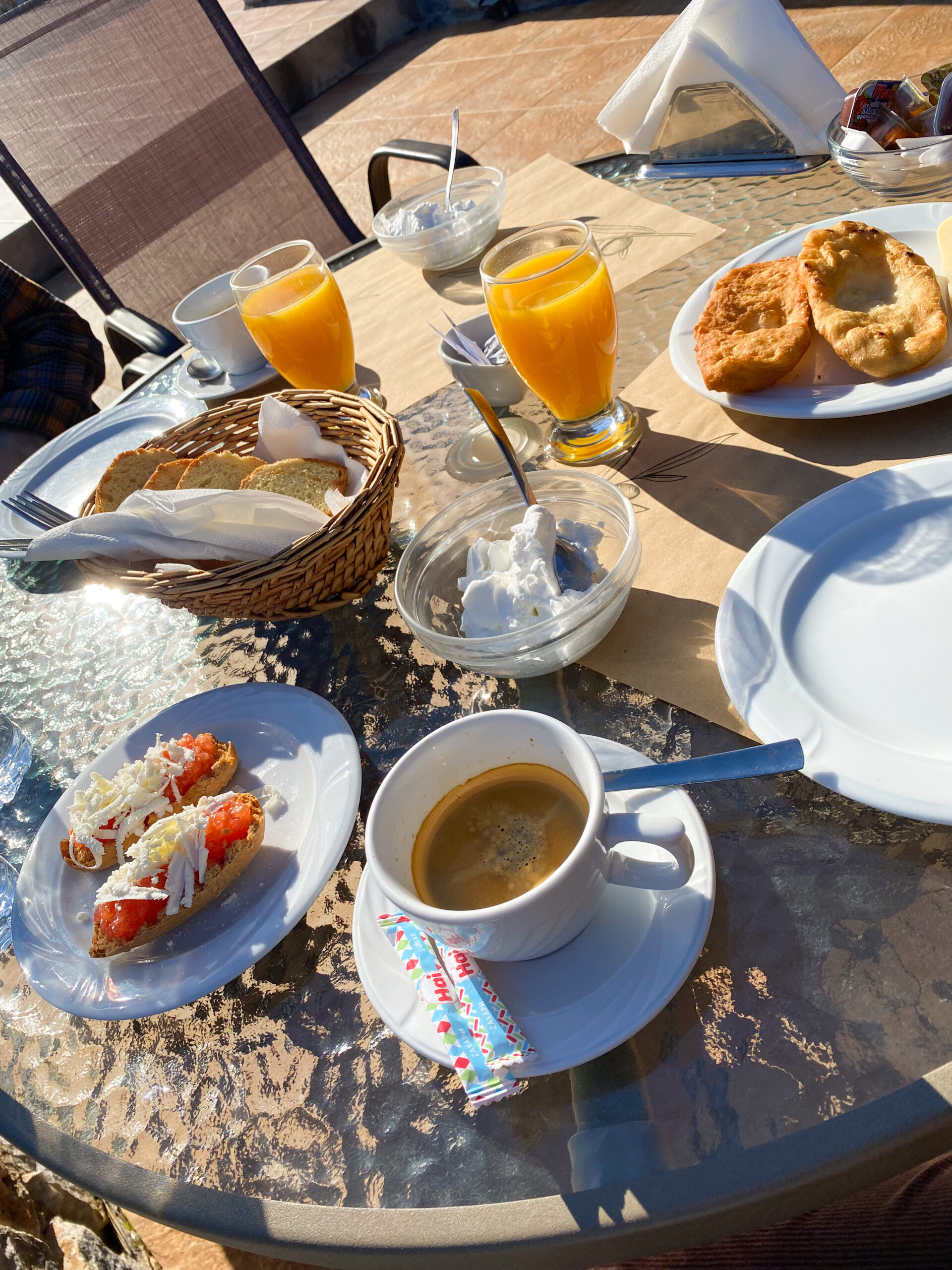
Vathia
After breakfast, we started our Deep Mani road trip by heading first to the ghost town of Vathia. Vathia was built as a fortress to protect the people from hostile attacks coming from the sea. It’s a very typical Mani village, the architecture and design reflecting the entire Mani region in the 18th and 19th centuries. From the photos, you’ll immediately spot those famous and typical stone, tower houses. There, the locals defended the settlement when the Turks or pirates attacked. It’s worth mentioning that these tower houses are unique samples of the traditional fortification architecture and only exist in this area of Greece.
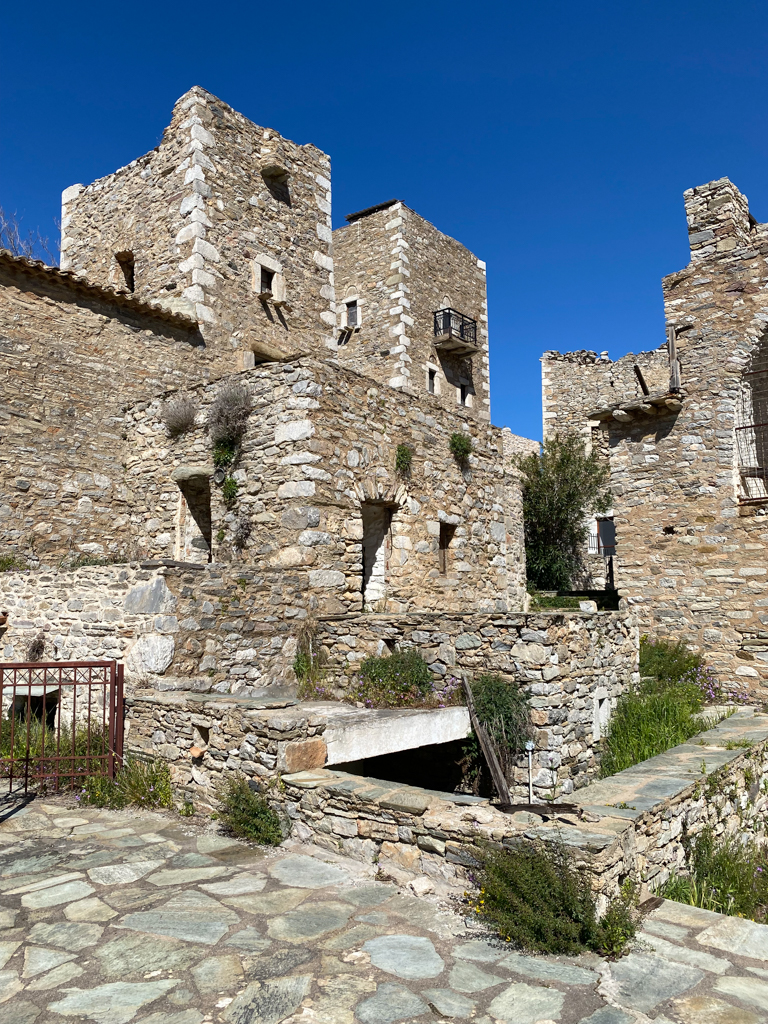

Beyond its amazing architecture and charming village vibes, the reason Vathia is particularly interesting is because it’s pretty much abandoned! Vathia reached its peak in the 19th century when around 300 people lived in the area. After WWII, many of the local people moved to the bigger cities, and a large number of the stone towers were abandoned. In 1979, the only residents of this remote area were 11 elderly women, and electricity wasn’t available yet.

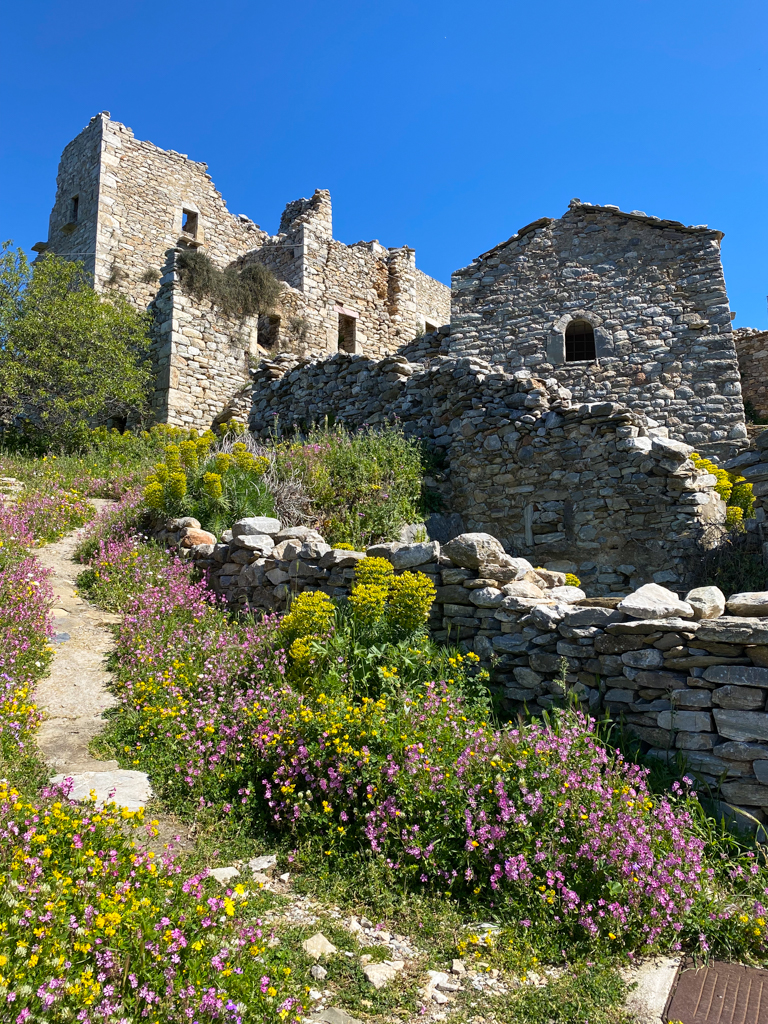
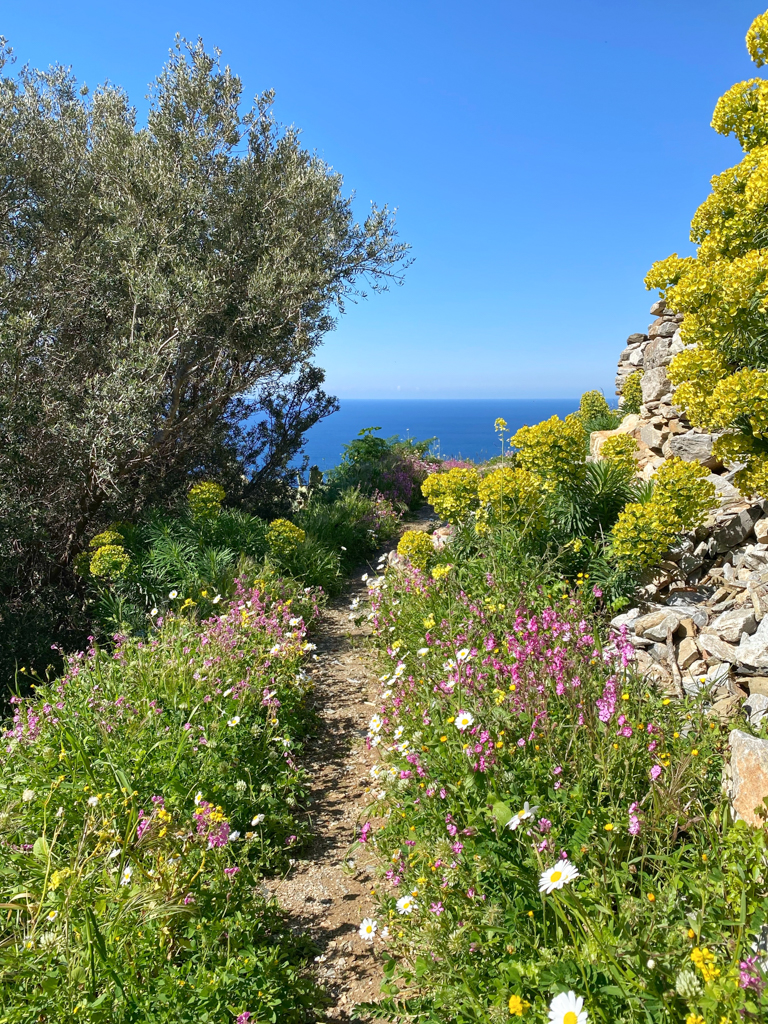
Some of the abandoned towers were eventually converted into guesthouses so you might see a few tourists here and there, either staying at one or stopping by like us to check out this beautiful and eerie town!
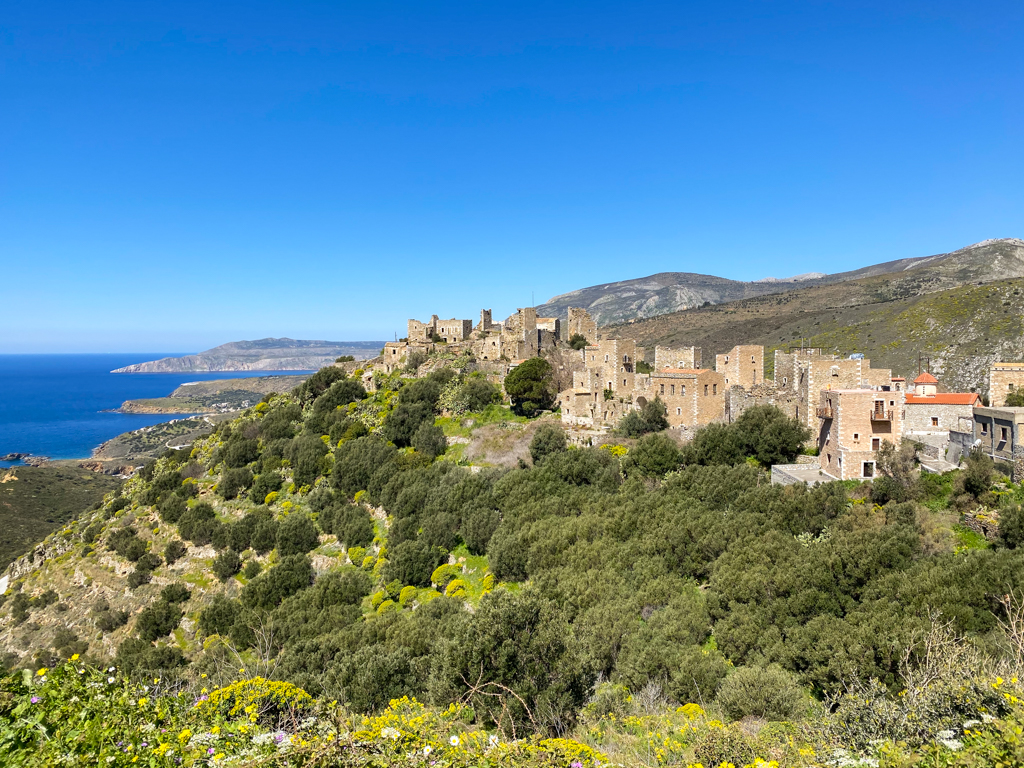
Hike to Cape Tenaro
From Vathia we drove town towards the southern tip of the Mani. We were out to explore and hike Cape Tenaro. Also known as Cape Matapan, the Cape separates the Aegean from the Ionian Sea. In antiquity, it supposedly hid an entrance to Hades, through which Hercules dragged the three-headed dog Cerberus as one of his 12 tasks. Its exact location is disputed now, but Tenaro still has an end-of-the-world feel.
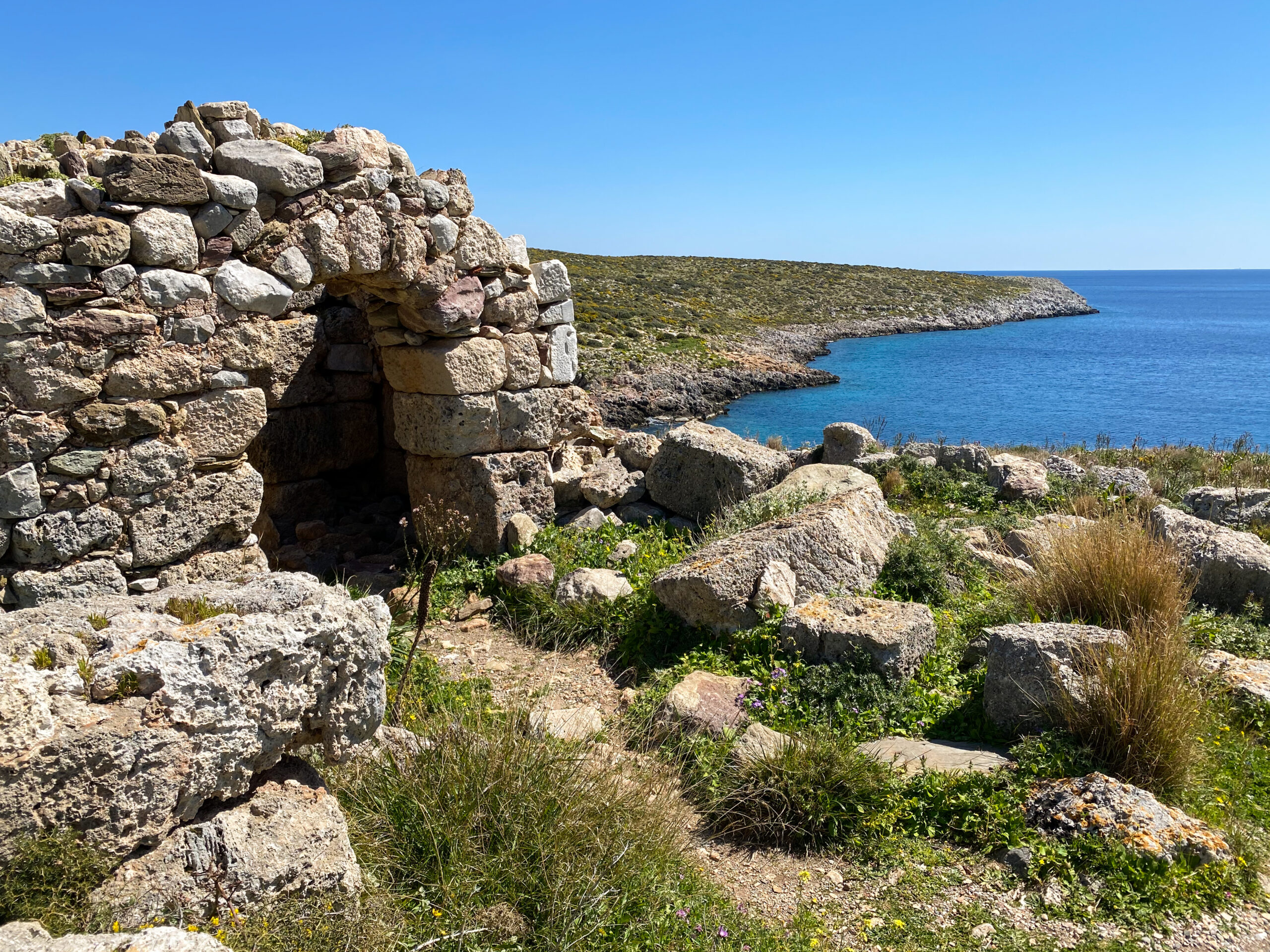
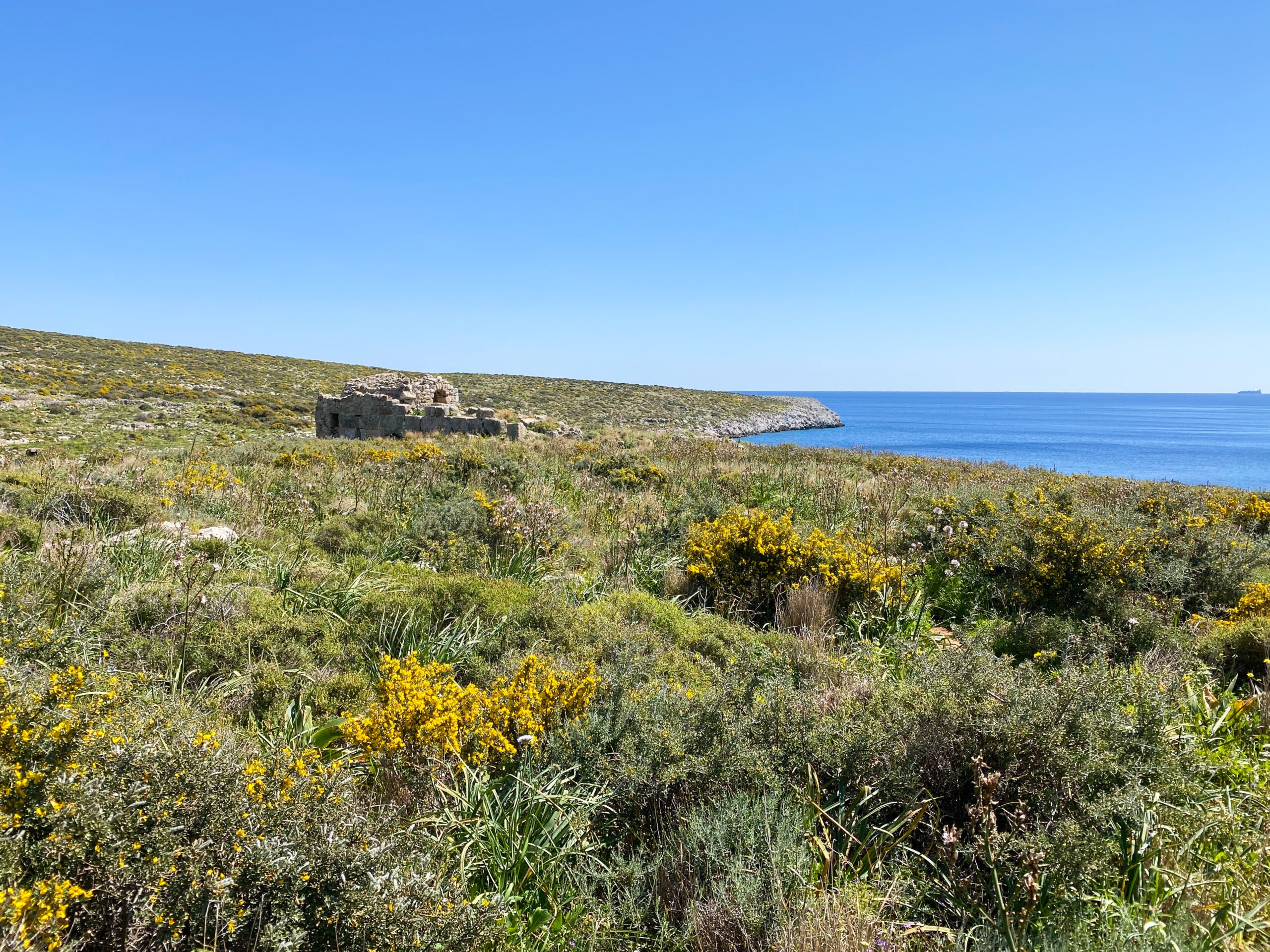
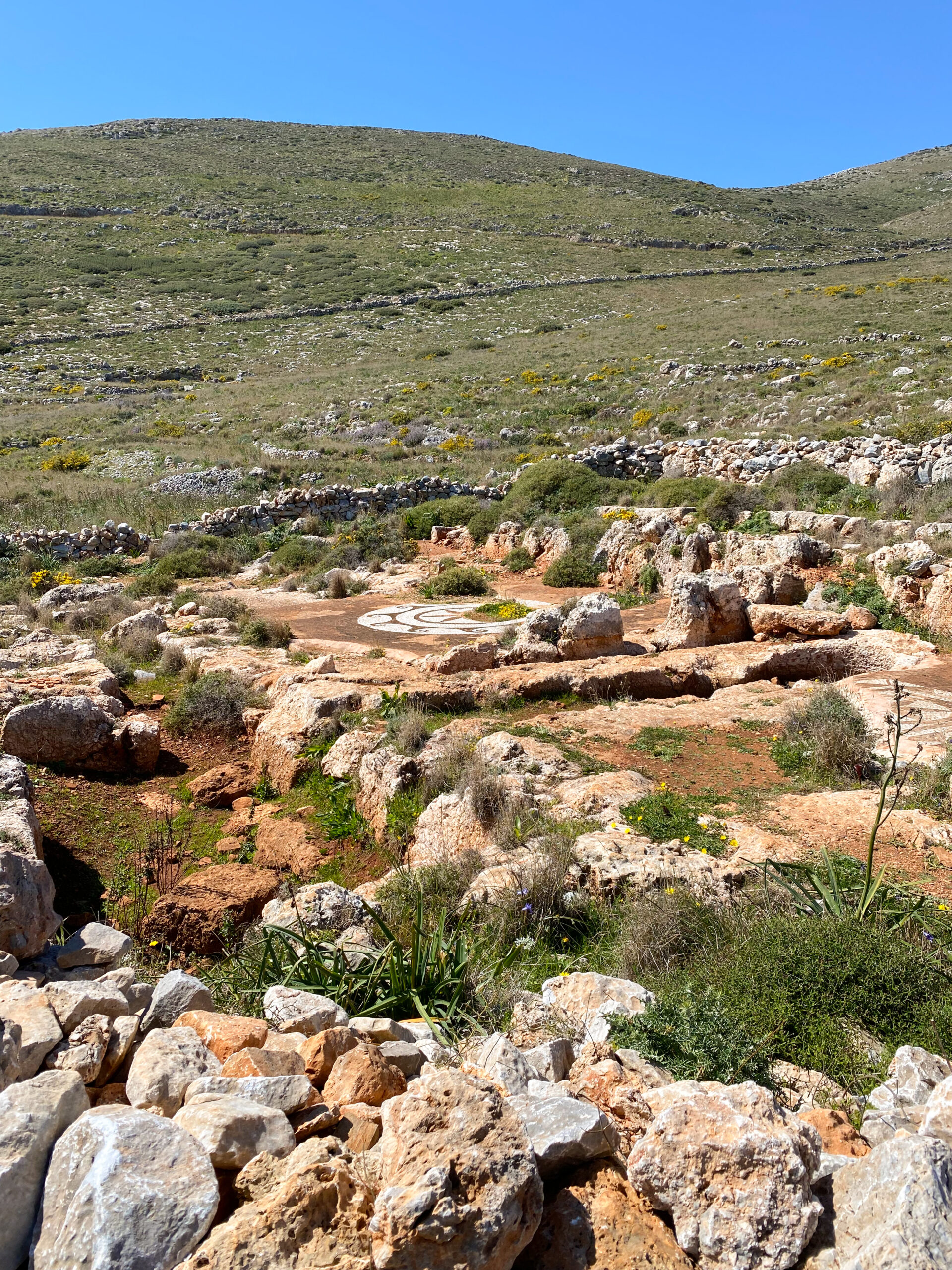
The hike follows a 1 mile / 2km trail that eventually leads to the lighthouse at the actual Cape. The trail starts from the parking lot at the end of a paved road. You pretty much keep driving until you can’t anymore, and that’s where you park! From there, the first sight you see is a beautiful small, rocky beach/bay.
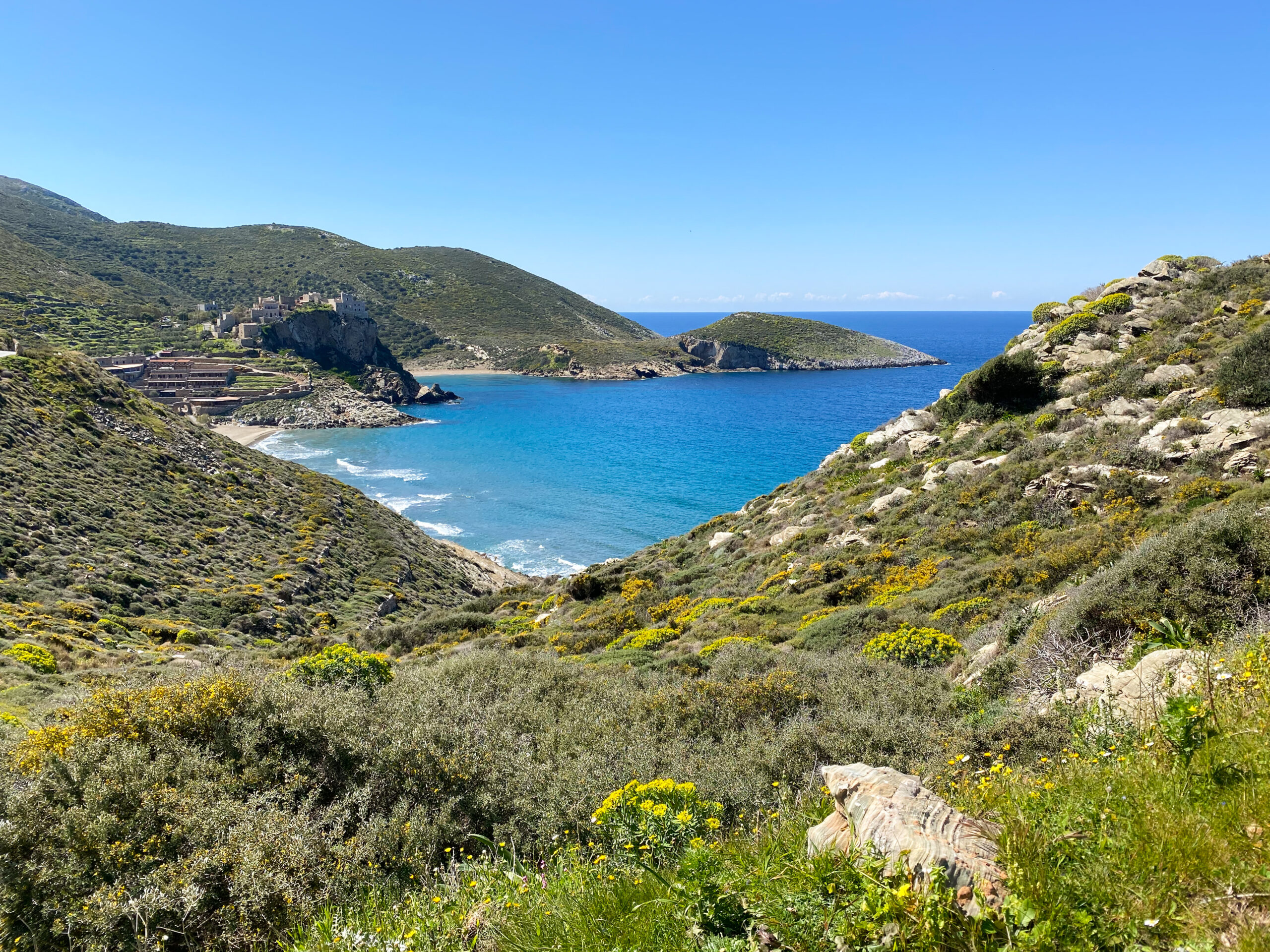
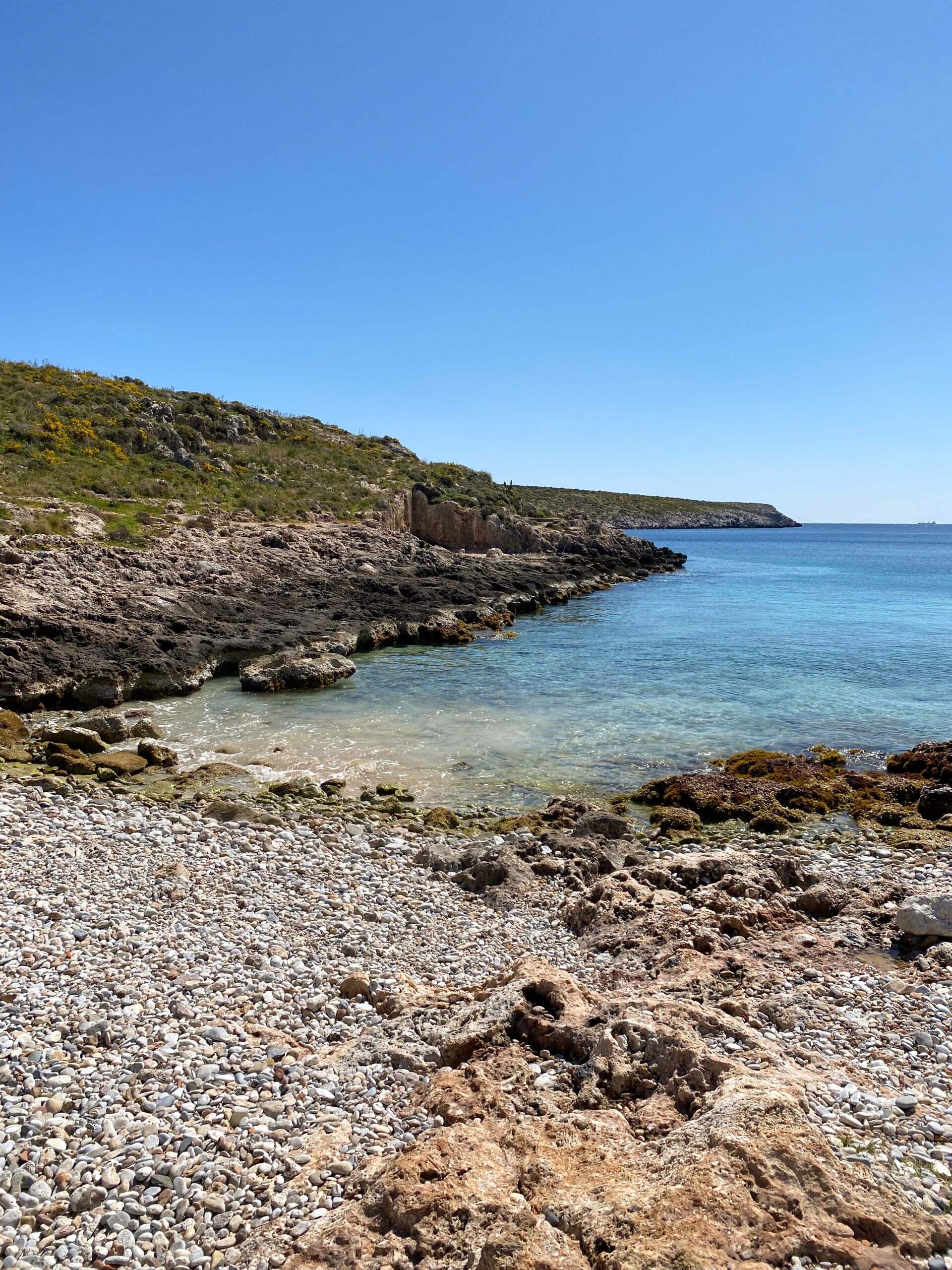 From the bay, you continue along the coastline where you’ll eventually see the lighthouse pop up in the distance. The lighthouse is called Lighthouse Tenaro and it was built in 1882. It derives its name from the mythical hero, Taenarus, the son of either Zeus or Poseidon, who supposedly founded the town (Tenaro) and established the city’s temple of Poseidon.
From the bay, you continue along the coastline where you’ll eventually see the lighthouse pop up in the distance. The lighthouse is called Lighthouse Tenaro and it was built in 1882. It derives its name from the mythical hero, Taenarus, the son of either Zeus or Poseidon, who supposedly founded the town (Tenaro) and established the city’s temple of Poseidon.
And beyond the beautiful scenery, it’s a neat spot to reach as it’s the second most southern point in mainland Europe!
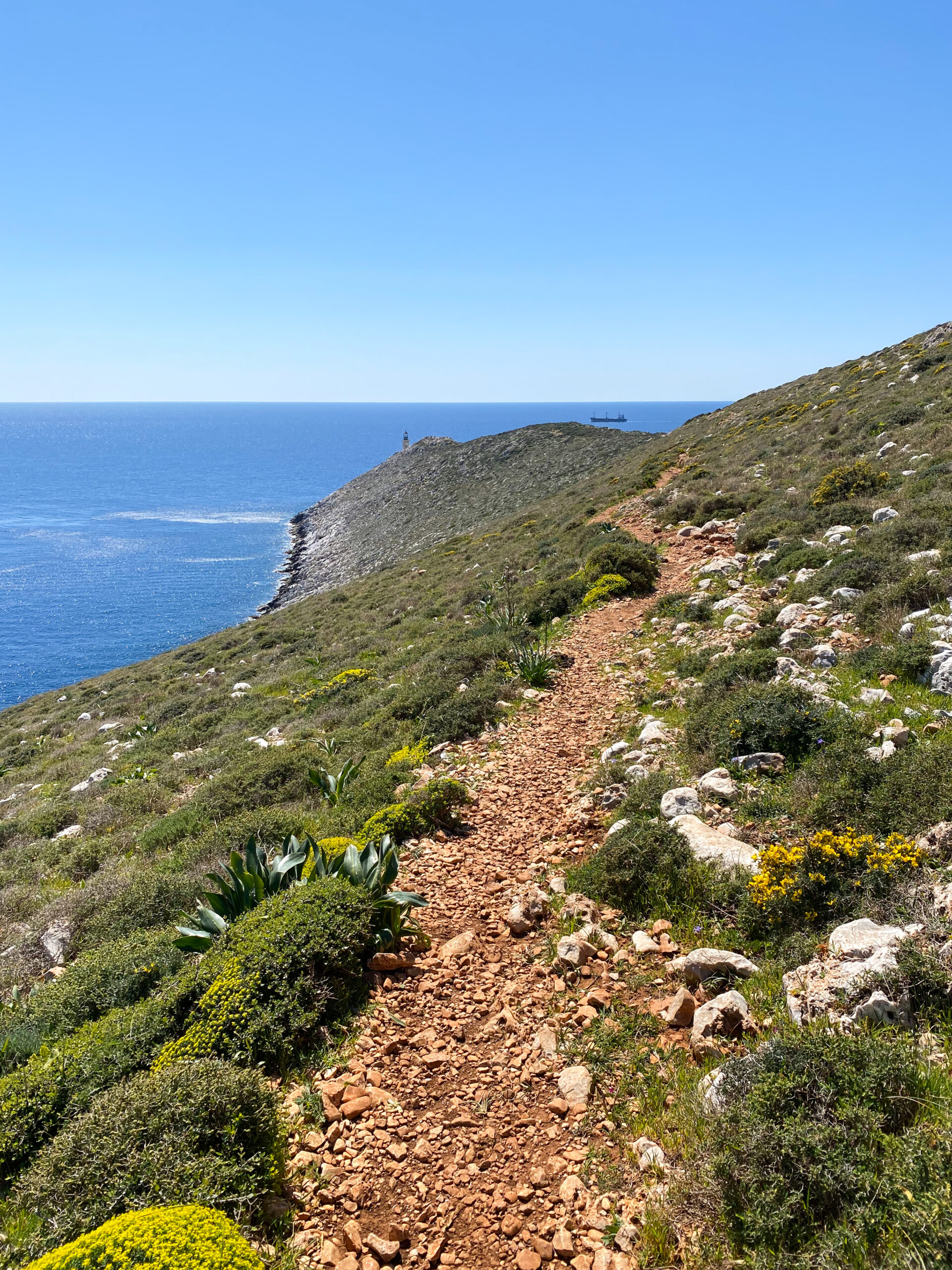
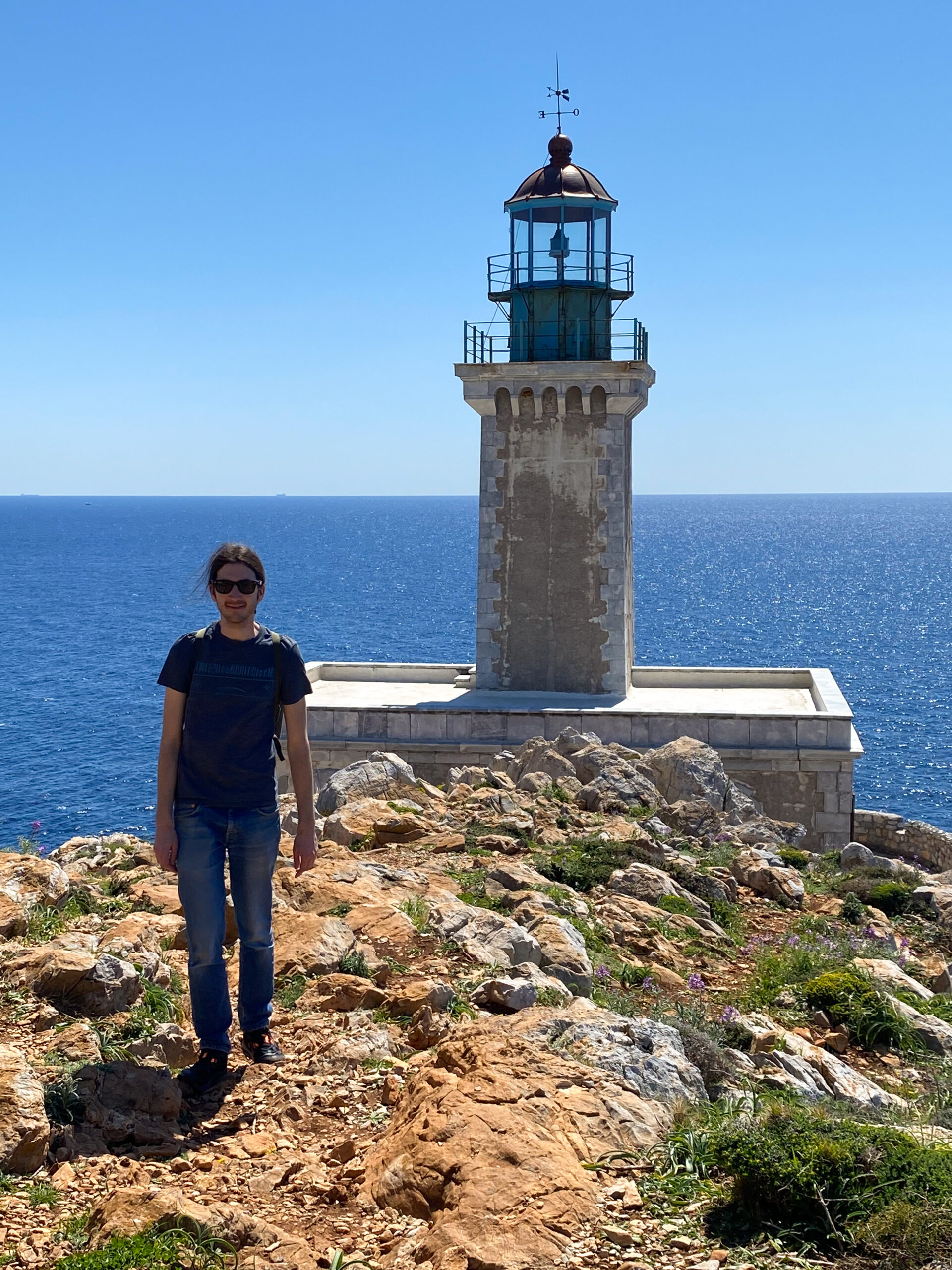
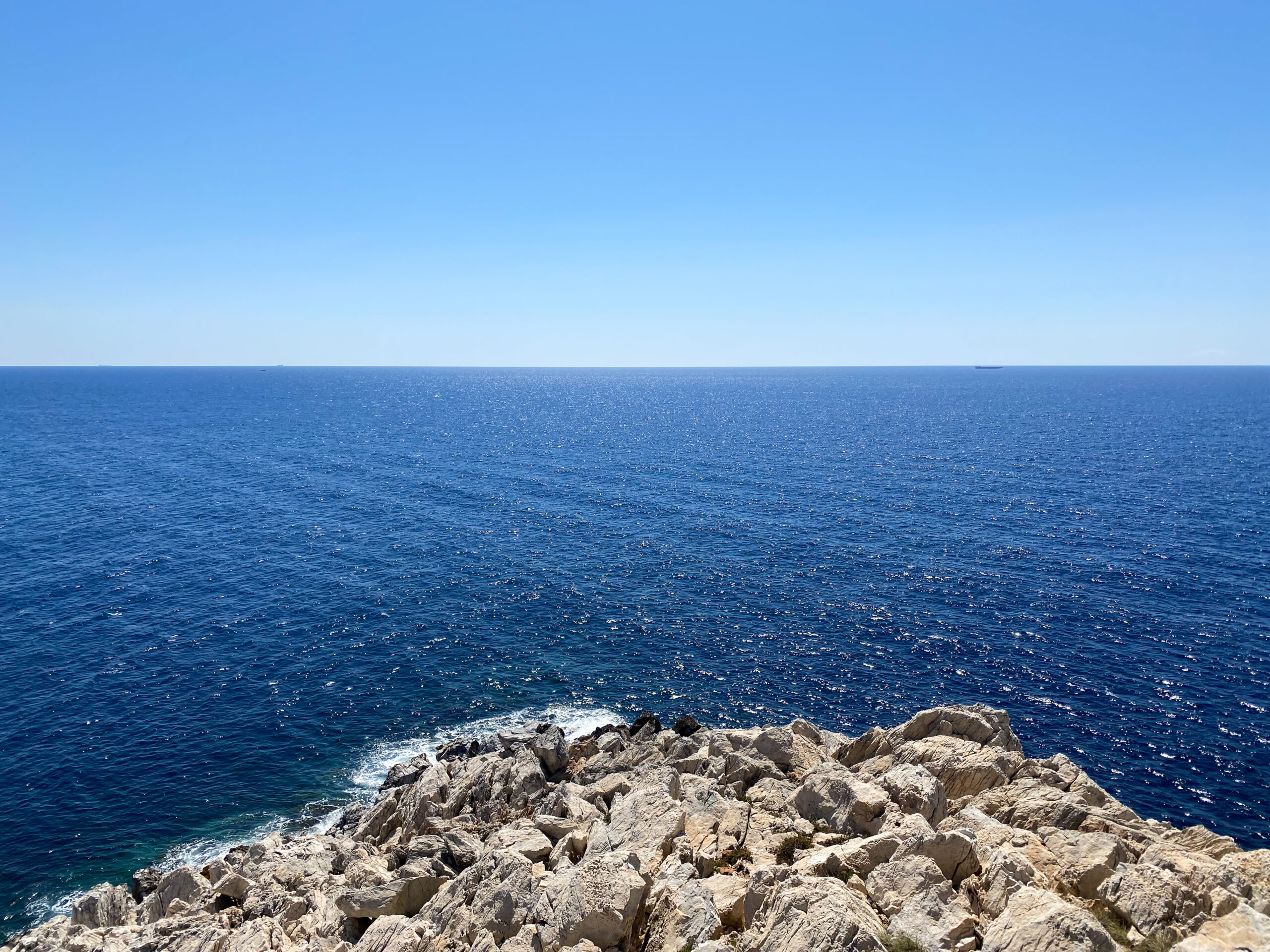
At this stage we were feeling the sun quite strongly, so we turned around and made our way back to the start of the trail. Along the way, we saw some beautiful horses grazing, what an idyllic scene! All in all, we thought this hike was beautiful and definitely worth the trek. It’s an easy hike and doesn’t take too long to complete. Plus, look at this gorgeous day.
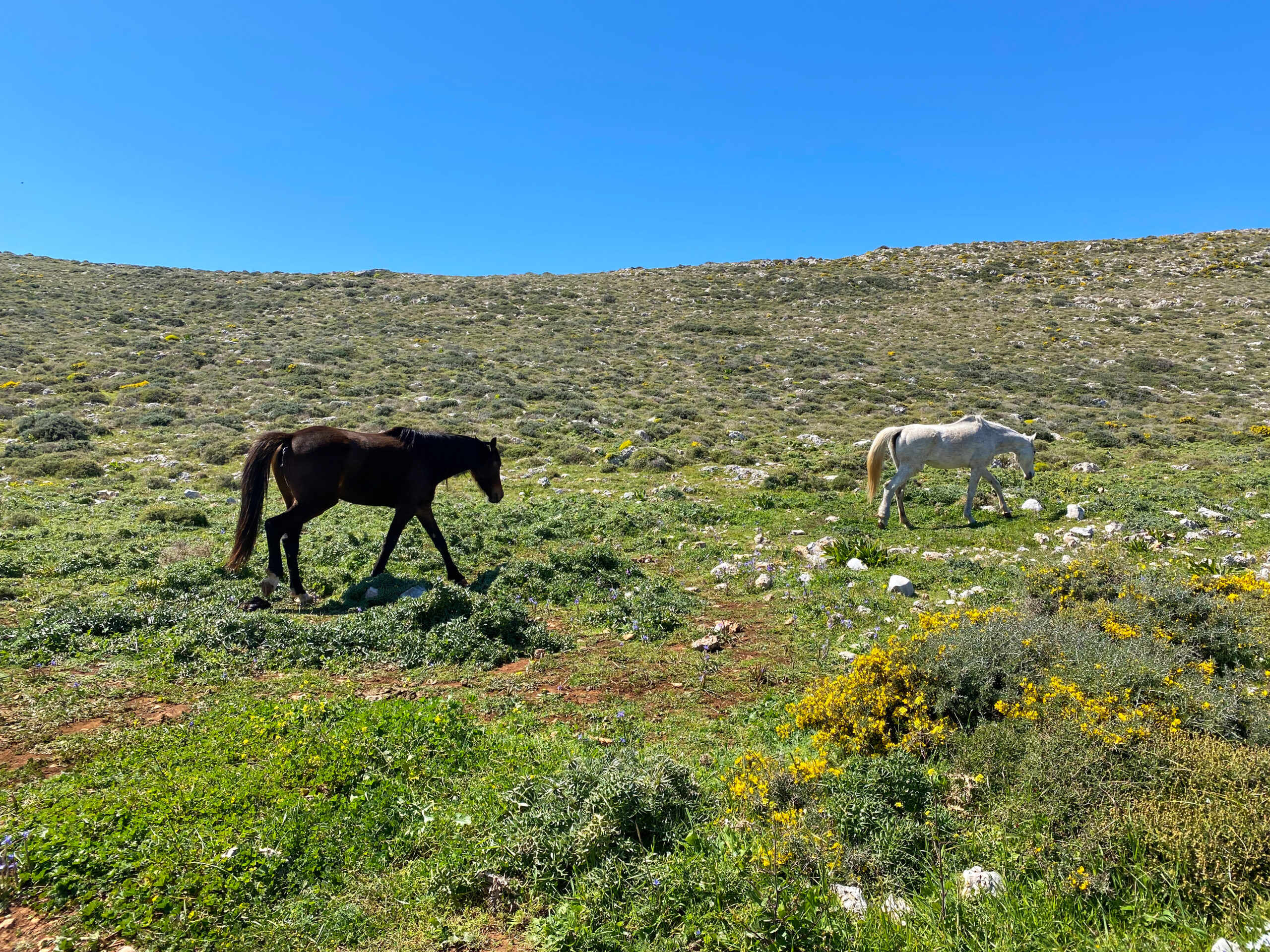
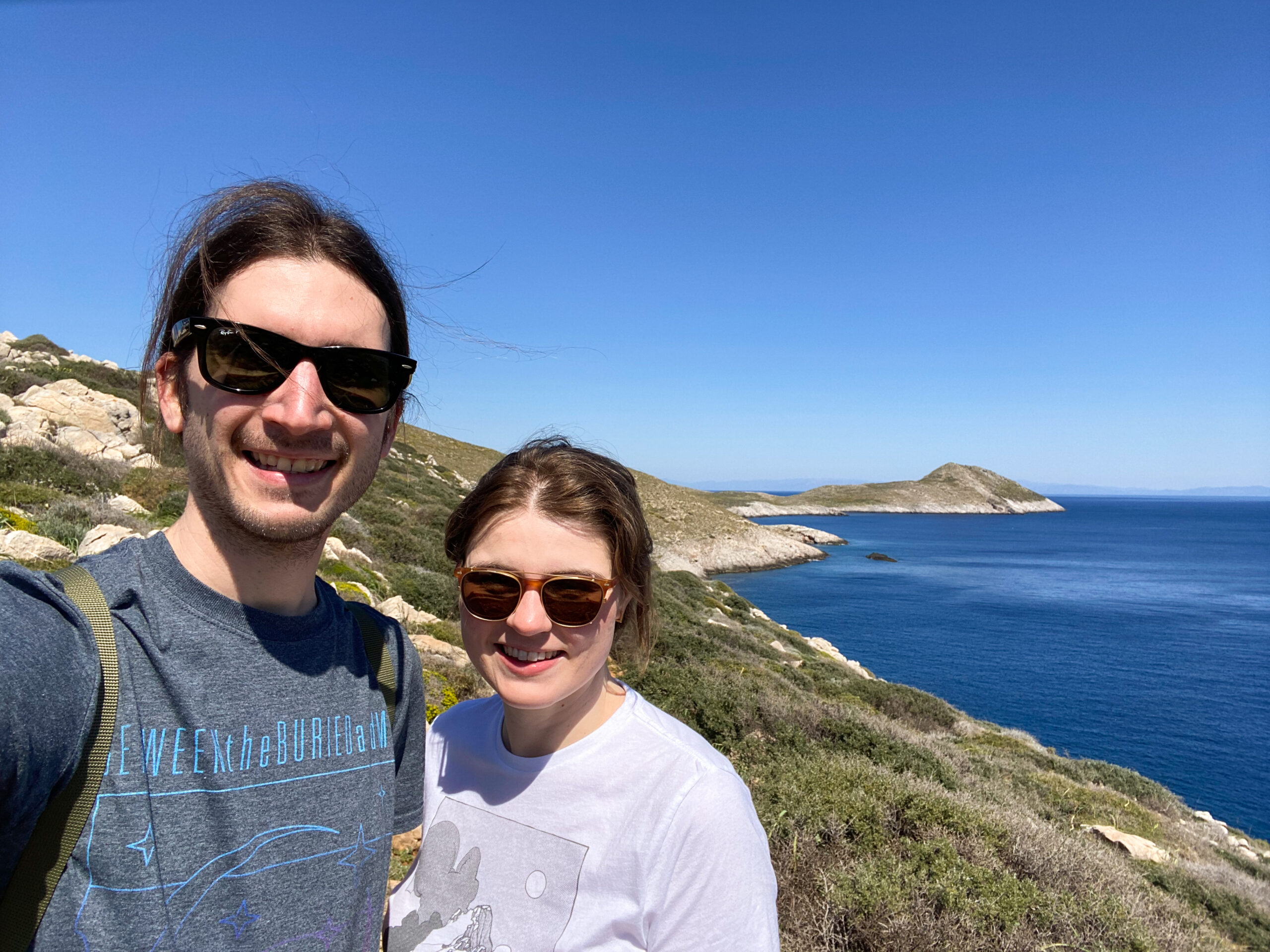
Gerolimenas
After our hike, we were itching for some lunch. We originally planned to go to a place in the village of Porto Kagio. However, after driving down a very steep paved road and on the actual beach (the only way to drive through the town) we realised that the restaurant was closed as well as the rest of the town! So, we decided to find a place in the next town on our itinerary, Gerolimenas.
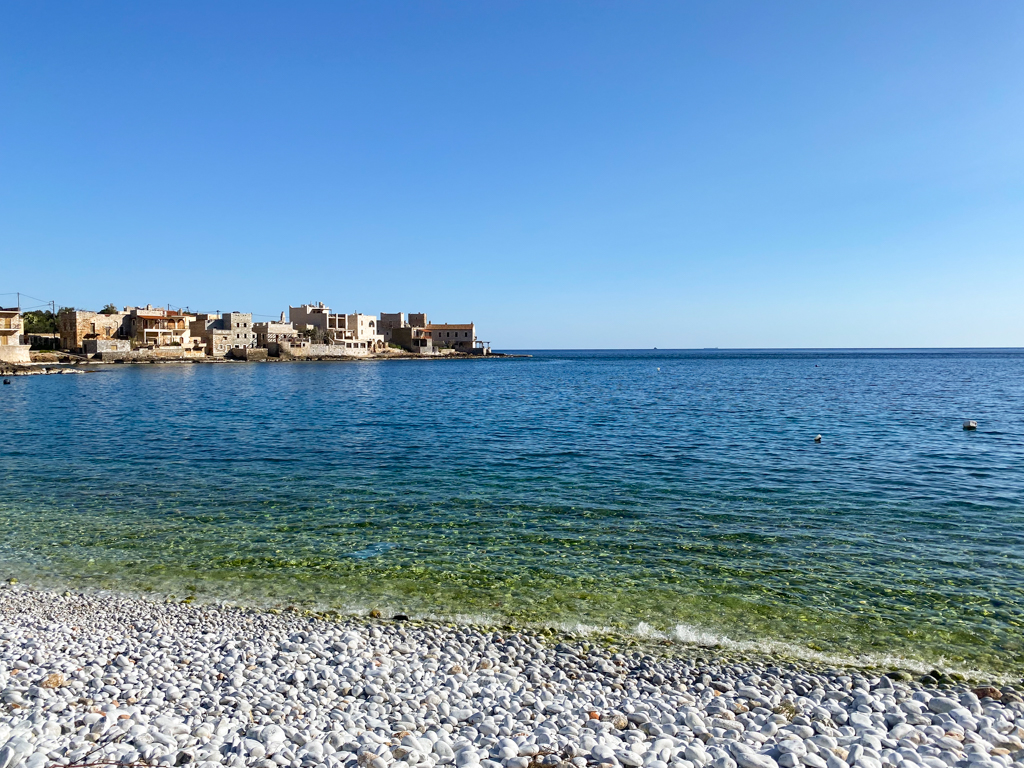
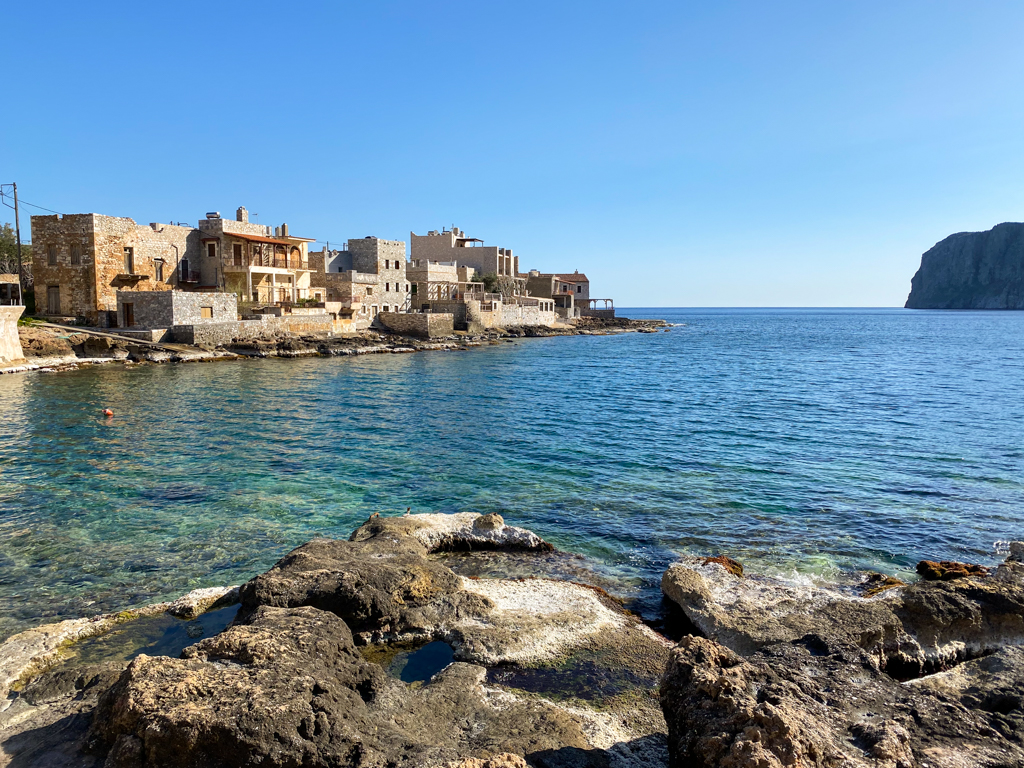 Gerolimenas is another picturesque fishing village in the Mani. But, this village is particularly beautiful because of the well-maintained stone buildings and the beautiful setting on the sea. We ate lunch in the most beautiful spot, right along the water at the Tavern Mani Mani. We ordered the tavern’s speciality salad and a freshly caught whole fish from earlier that morning.
Gerolimenas is another picturesque fishing village in the Mani. But, this village is particularly beautiful because of the well-maintained stone buildings and the beautiful setting on the sea. We ate lunch in the most beautiful spot, right along the water at the Tavern Mani Mani. We ordered the tavern’s speciality salad and a freshly caught whole fish from earlier that morning.

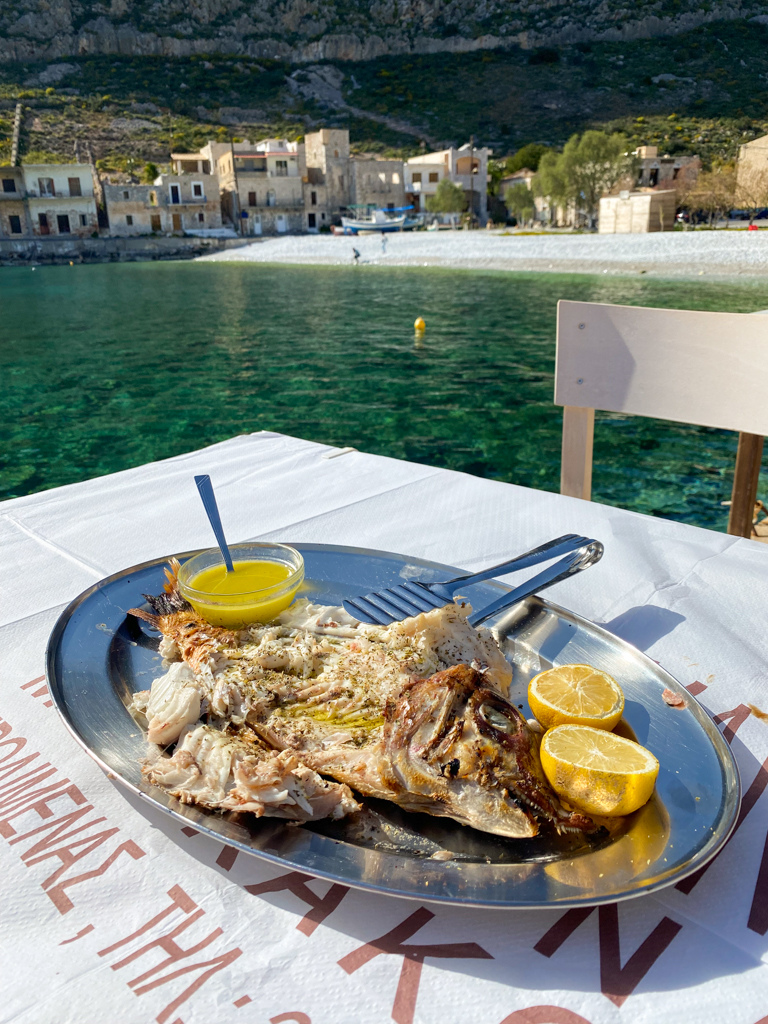
Areopoli
From Gerolimenas we visited the last stop of the day, Areopoli. Areopoli is considered the historic capital of the Mani. At the beginning of this post, I mentioned the Greek War of Independence. Indeed, the Peloponnese and specifically the Mani had a long tradition of resistance to the Ottomans. On 17 March 1821, the Maniots declared war on the Turks in none other than Areopoli.
In the main square, there’s an impressive statue that pays homage to the local hero who fought for the Revolution against the Ottomans, Petrobis Mavromichalis.
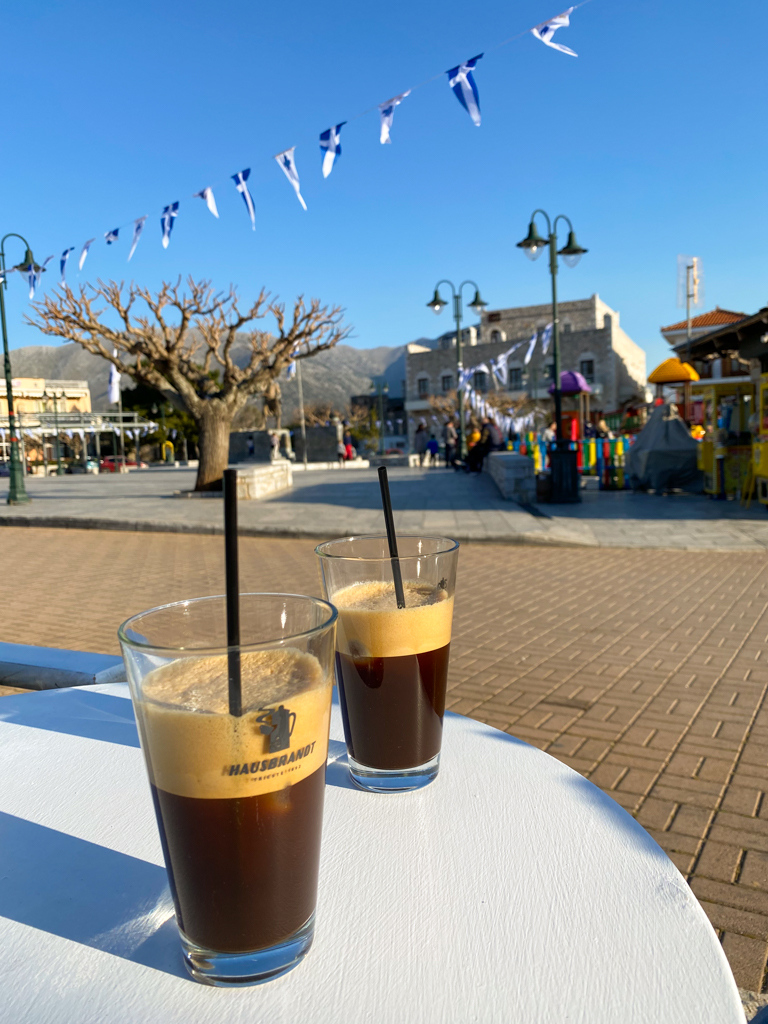
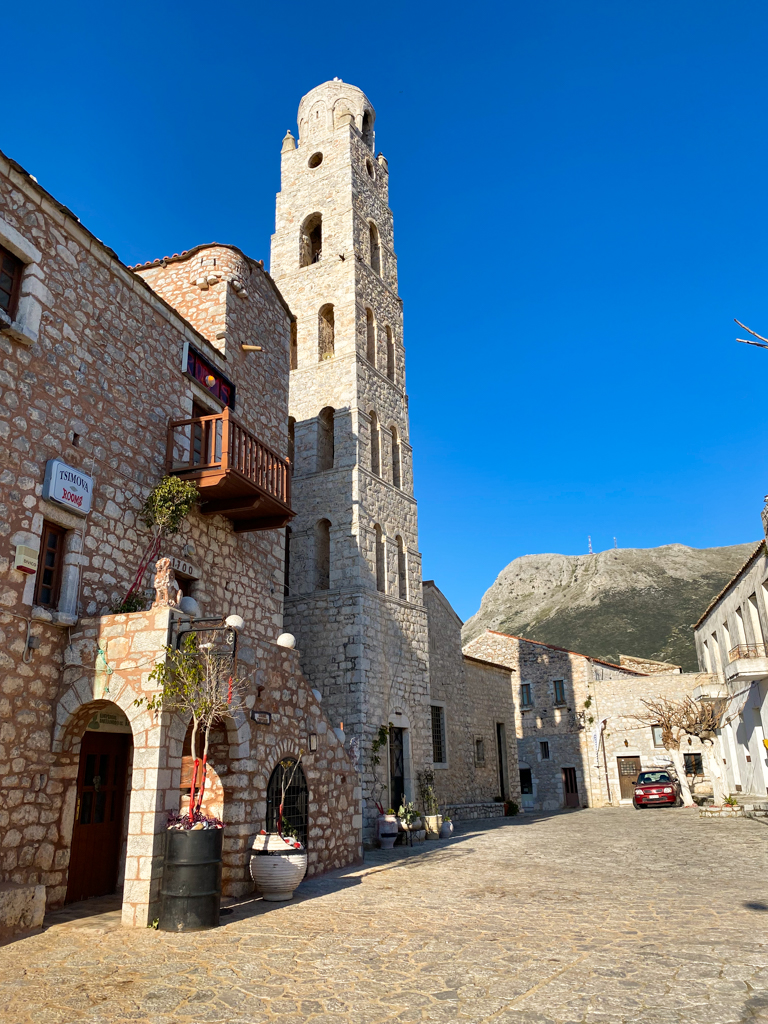
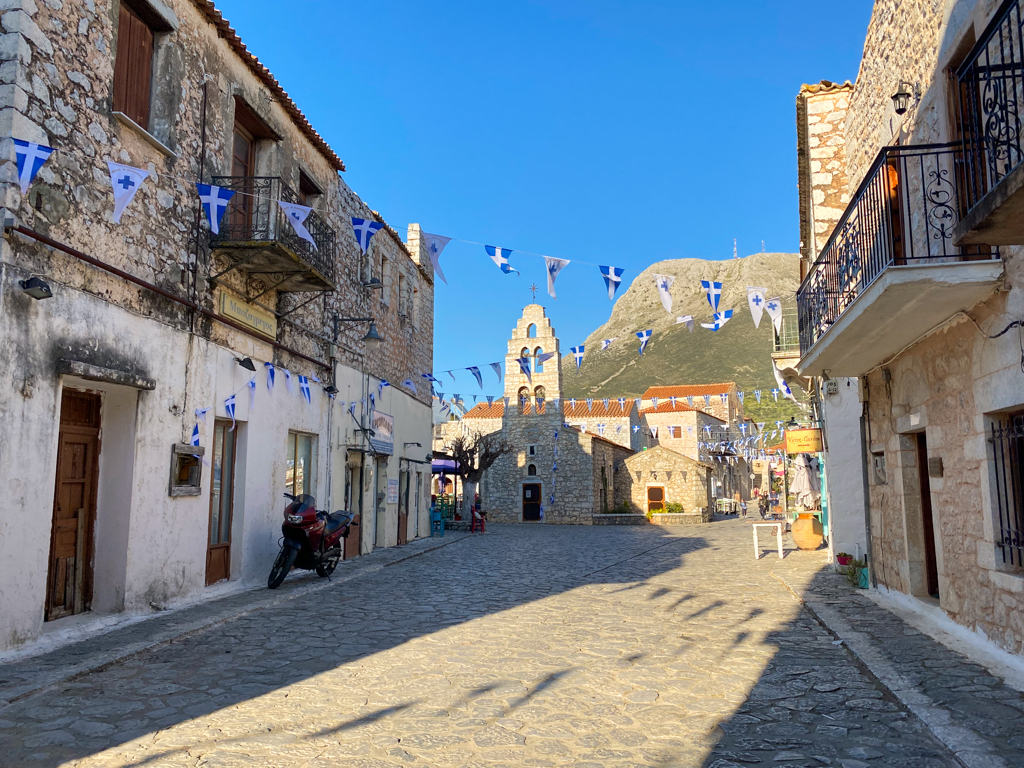
Unlike a lot of villages in the Mani, Areopolis still has a sizeable population of just under 1,000 residents. That may not seem like a lot, but it’s enough to support a town with lots of restaurants, tavernas, cafes, and even souvenir shops.
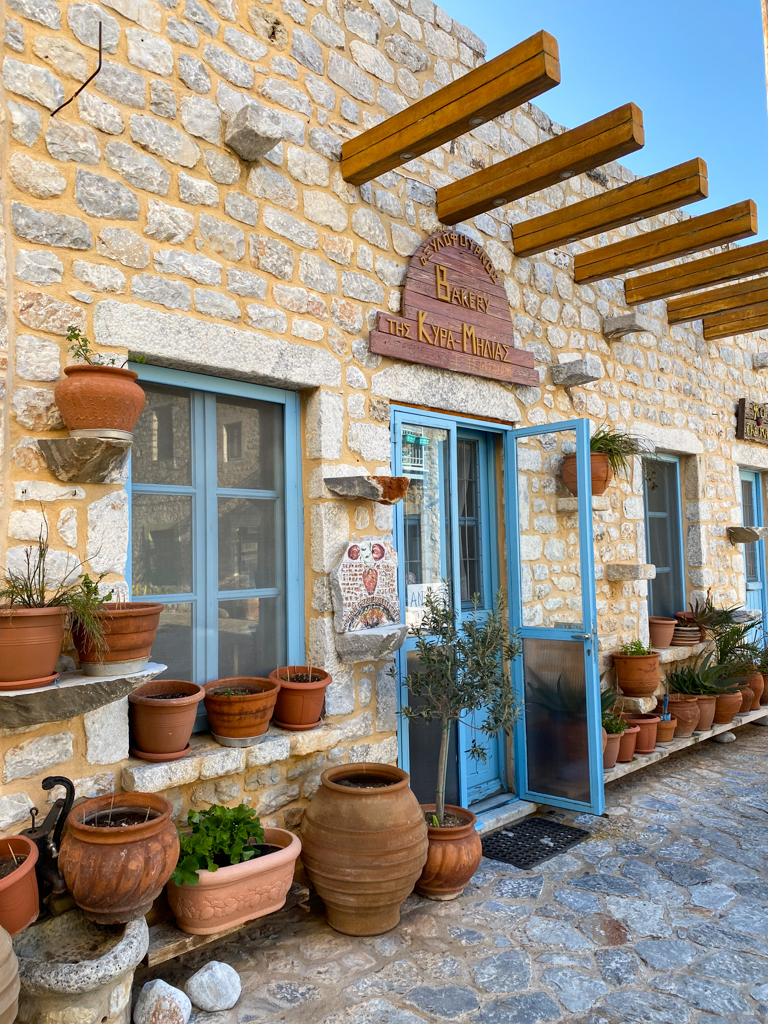

After a long but wonderful day exploring, we drove back to Limeni for our last night in the Mani.
Stoupa
After another delicious breakfast at our accommodation, it was time to check out and move on to the next part of our Mani adventure. Our first stop in the Exo Mani was the coastal village of Stoupa. While the Mesa Mani is rugged, remote and wild, the Exo Mani (Outer Mani) is well known for offering a more authentic version of the holiday experience you would expect on a Greek island. While there are no apartment buildings or high-rise resorts, Stoupa is definitely a popular vacation destination. We saw, well, heard, lots of people from all over Europe.
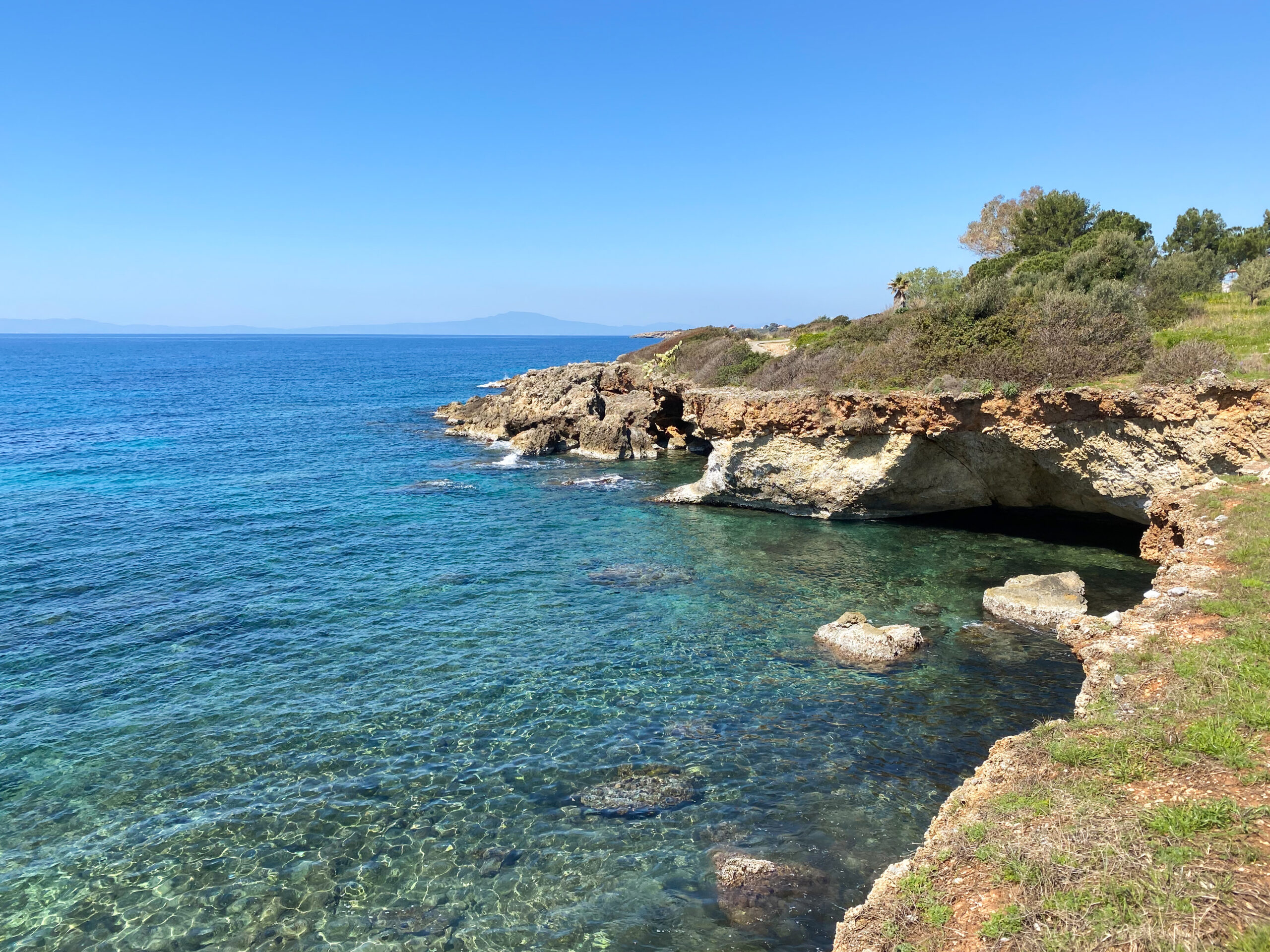 Before exploring the village, however, we walked the Stoupa-Agios Nikolaos coastal bike trail. The short but well-paved trail connects Stoupa with the neighbouring Agios Nikolaos and has spectacular coastal views all along the way.
Before exploring the village, however, we walked the Stoupa-Agios Nikolaos coastal bike trail. The short but well-paved trail connects Stoupa with the neighbouring Agios Nikolaos and has spectacular coastal views all along the way.
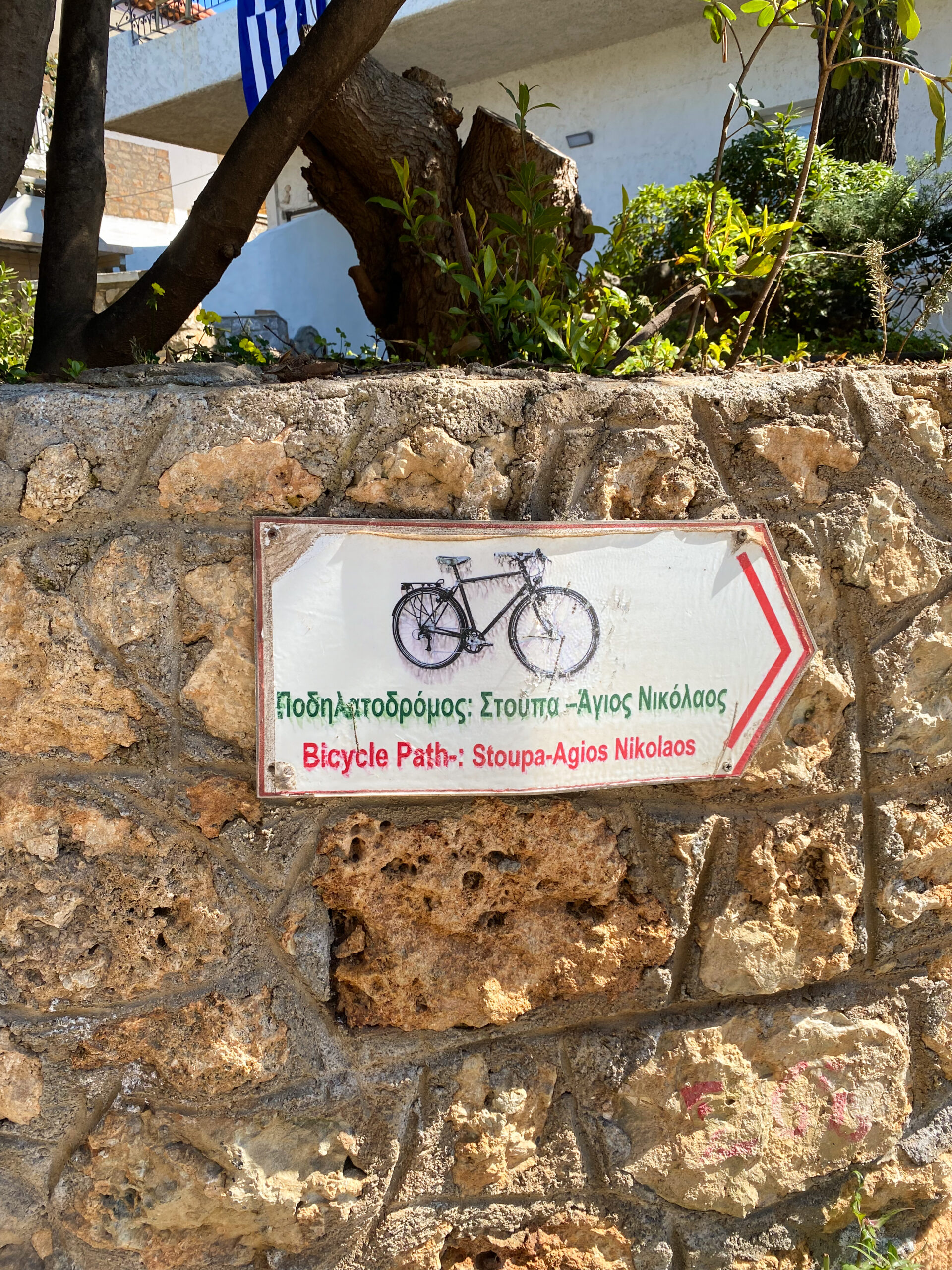
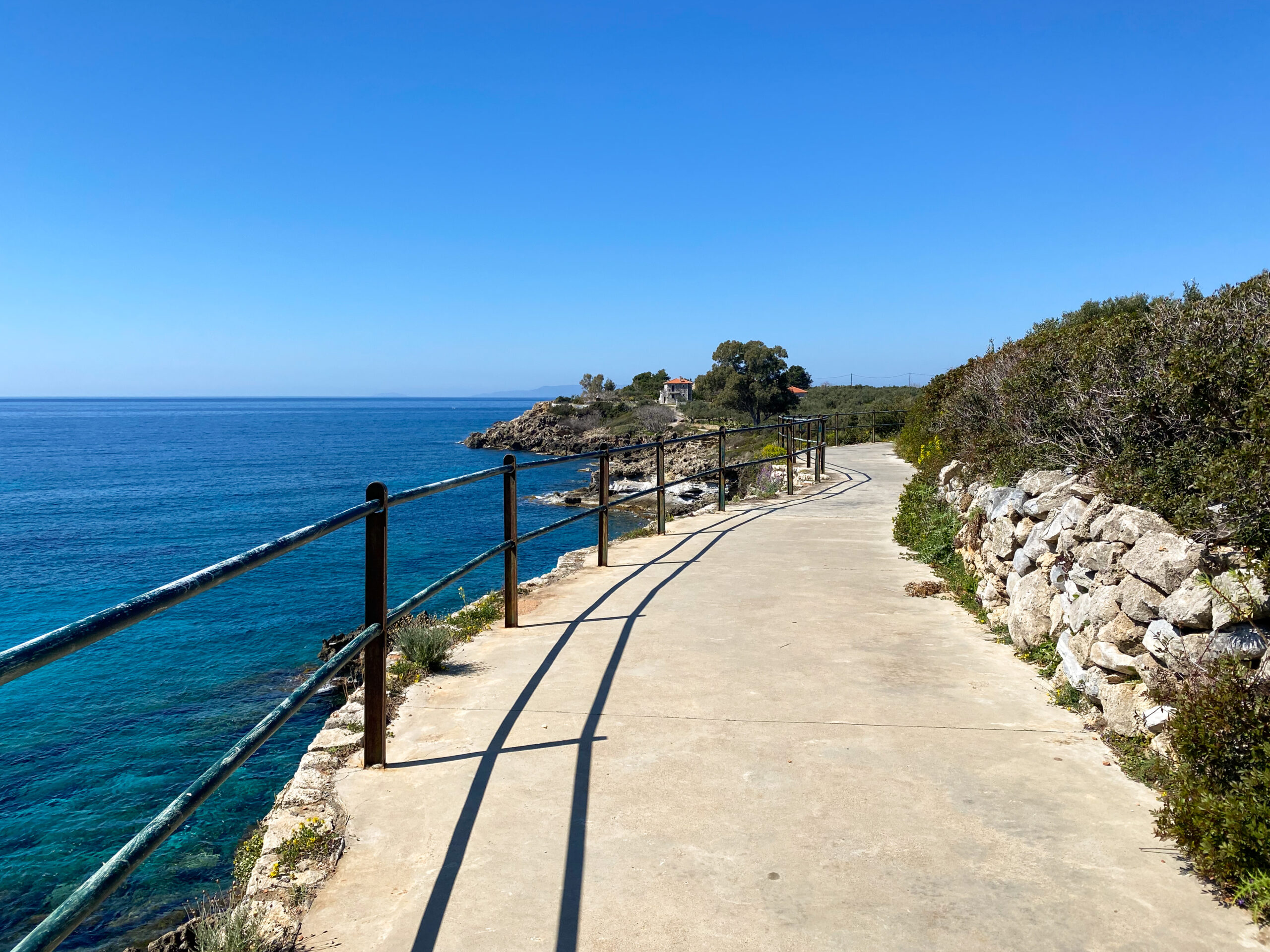
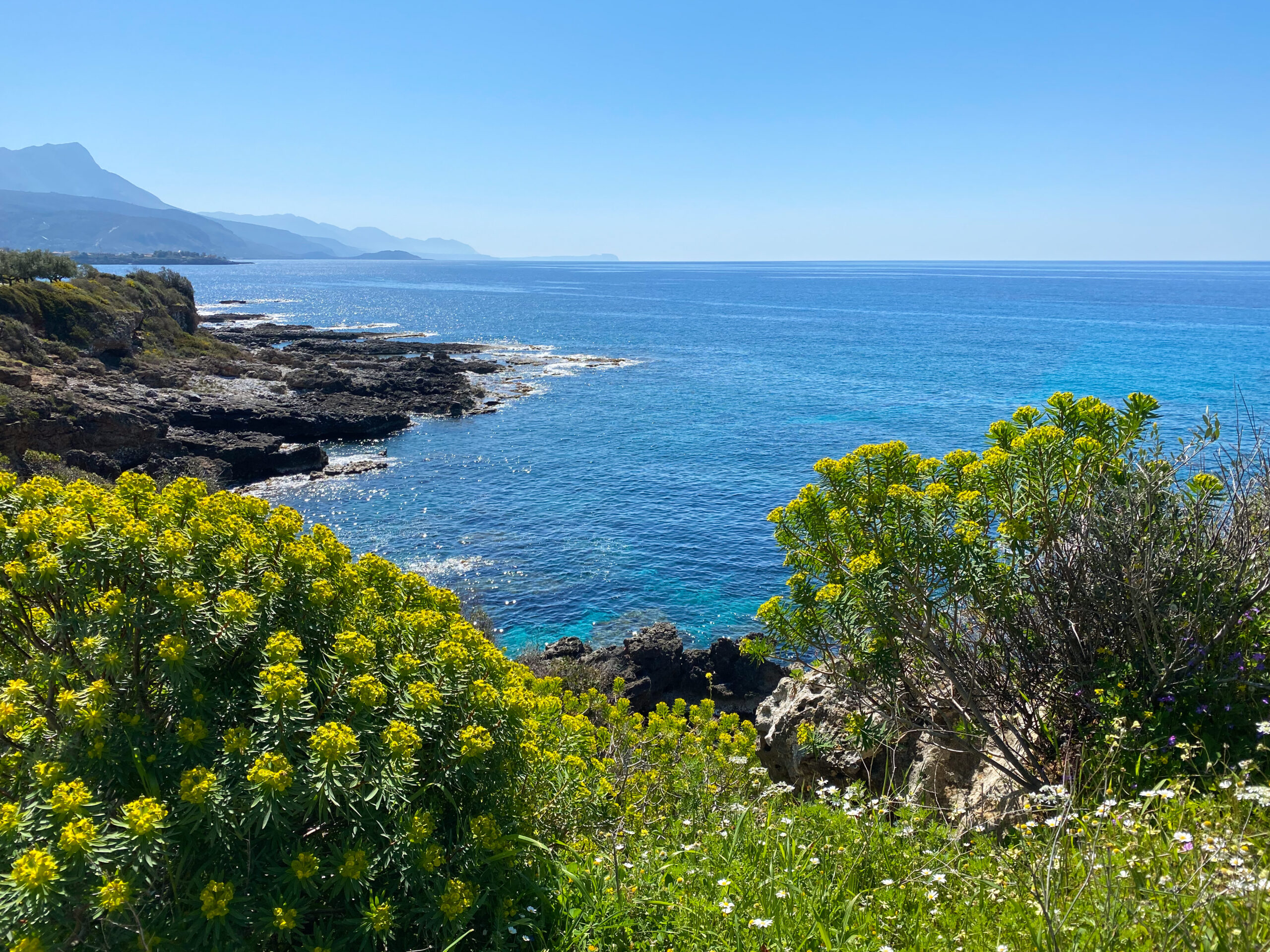
Once we arrived at Agios Nikolaos we decided to head to the main square and get some ice cream at a cafe called LITHOS / ΛΙθΟΣ. It was a beautiful warm day and the perfect treat was a scoop of charcoal ice cream!
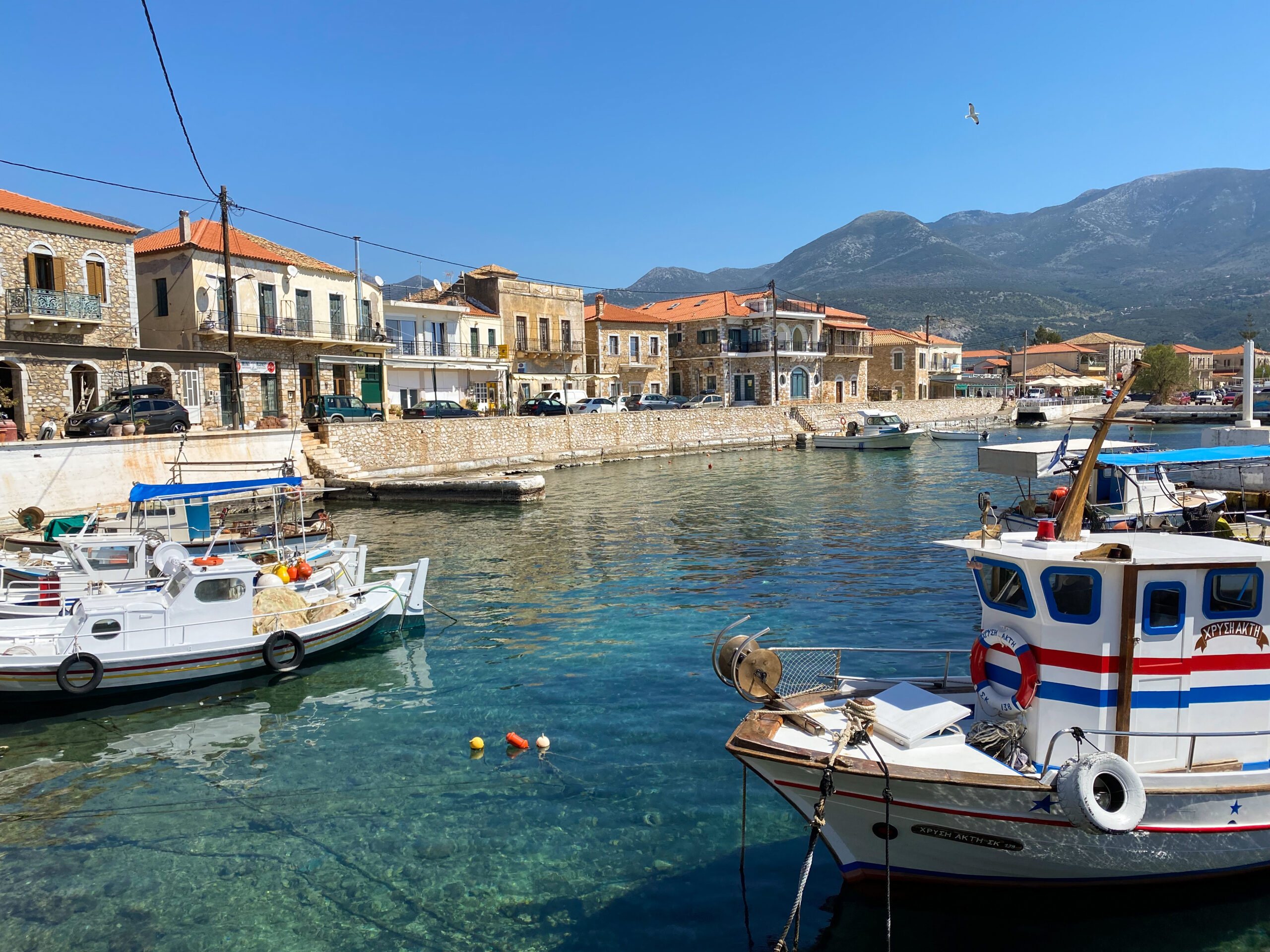
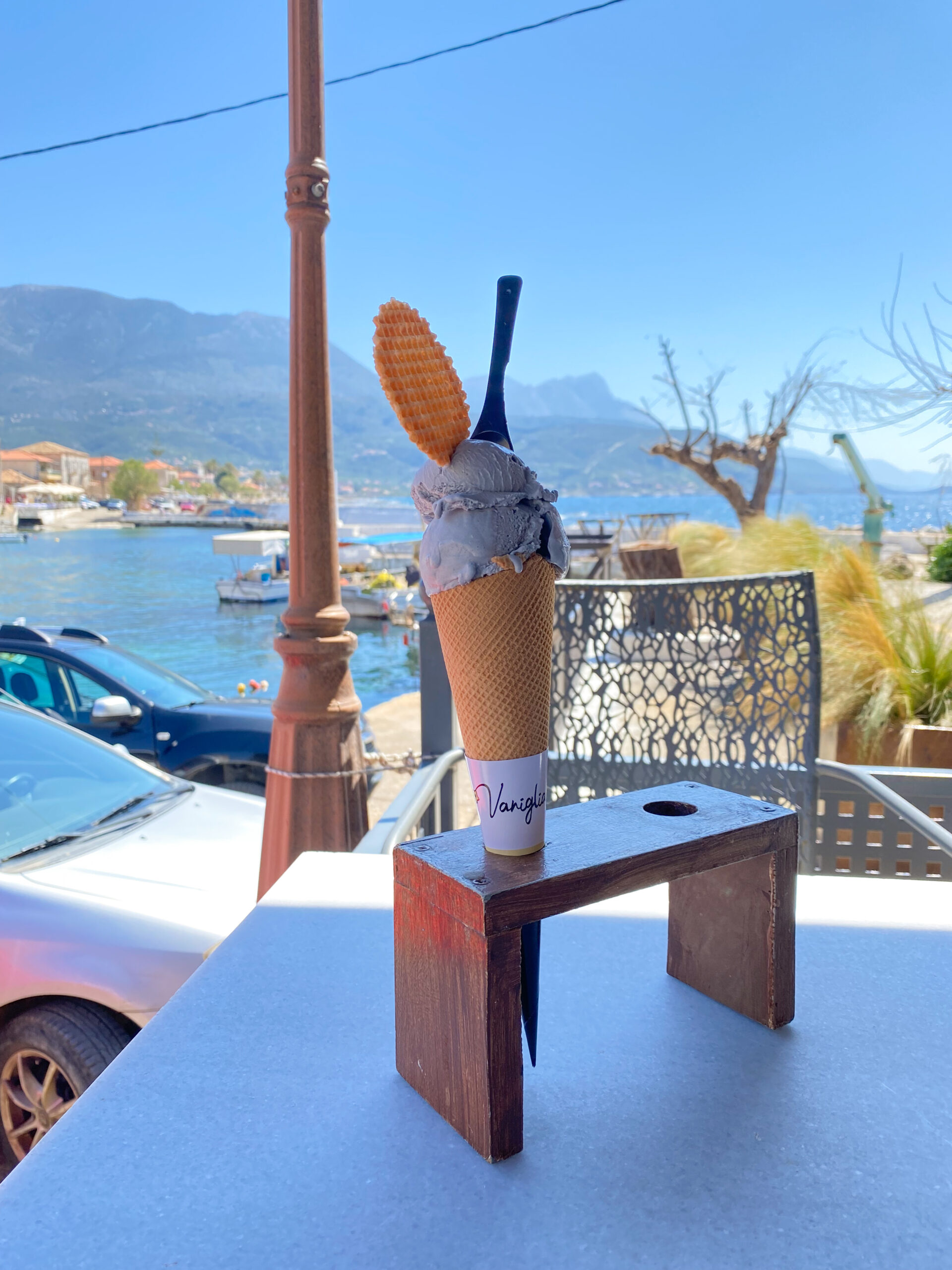 We walked around the village a little bit but then hopped back in the car to reach our final Mani stop of the day, Kardamyli.
We walked around the village a little bit but then hopped back in the car to reach our final Mani stop of the day, Kardamyli.
Kardamyli
Before going into the town of Kardamyli, we stopped along the way for lunch at a place called Dioskouri Taverna. This long-standing spot on the hill, overlooking the bay and with a terrace filled with umbrella pines, is glorious on a moonlit evening. It’s been infused with a bit of youthful flair as the next generation is involved in the business, though still serves the old-school Greek cuisine: simple and good quality, from calamari to excellent grilled seafood dishes.
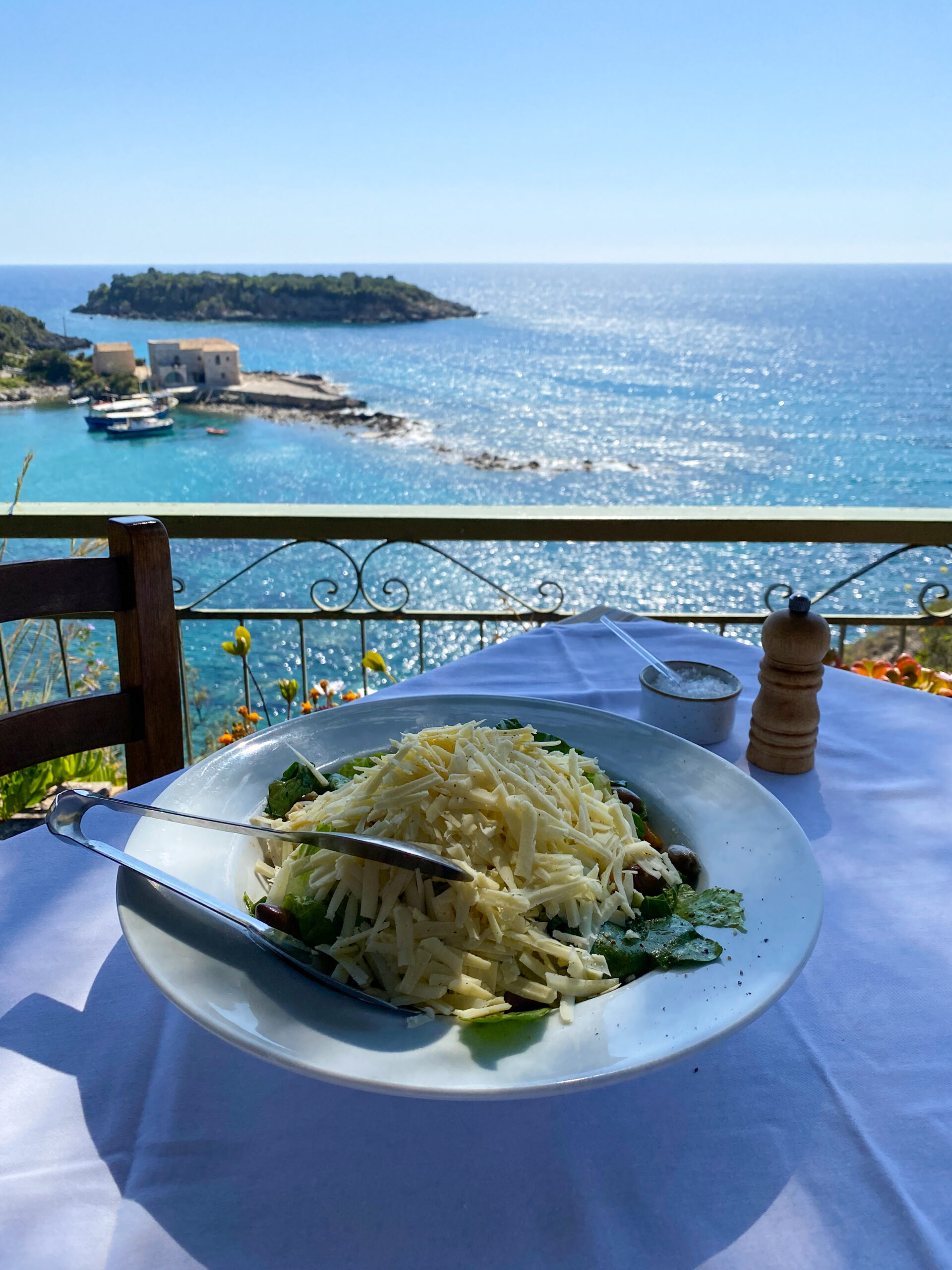
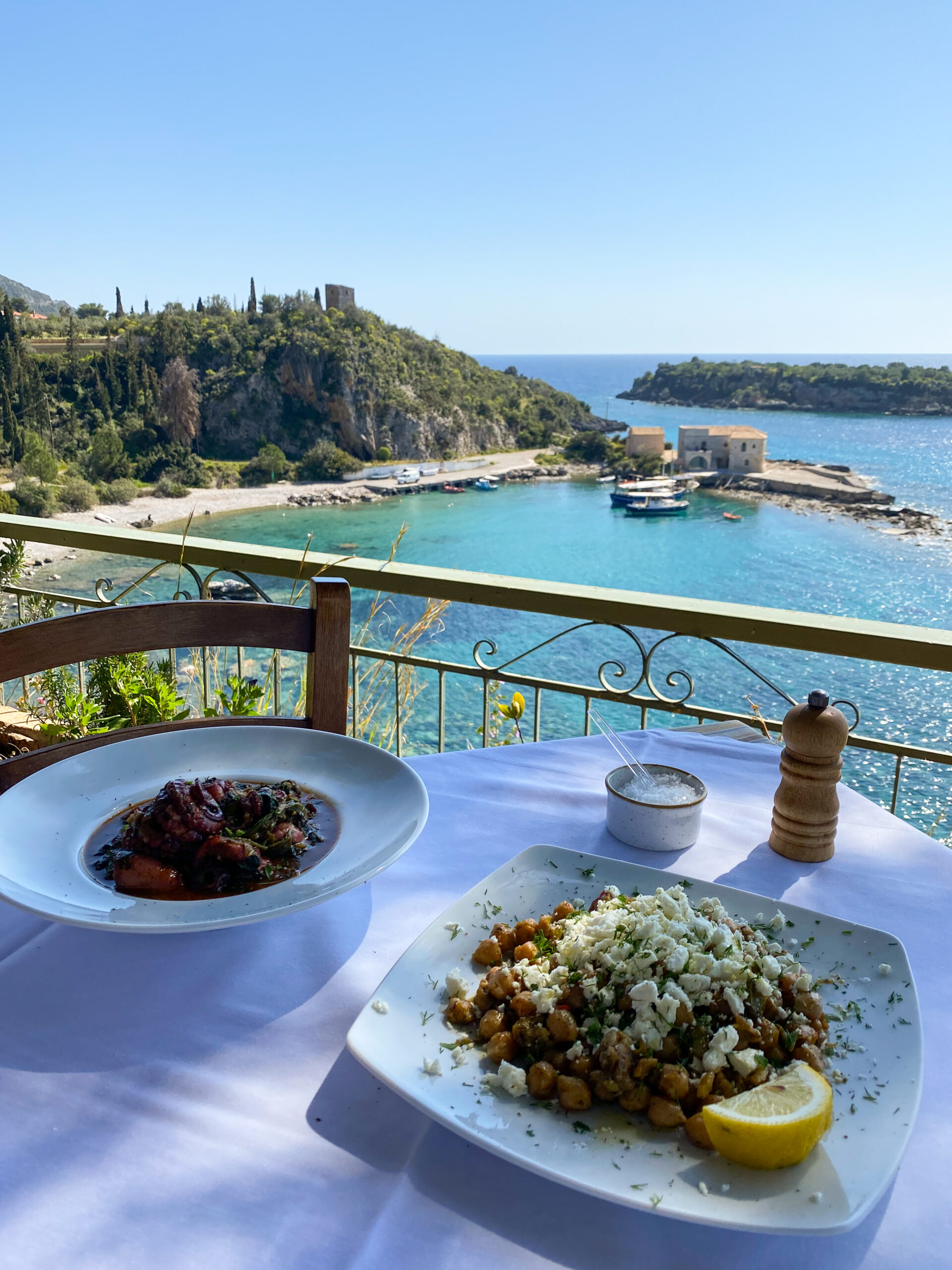
As for the town itself, it was, surprise, surprise, charming! By this time in the day, we were getting quite tired, but still wandered through the streets and saw there were lots of beautiful homestays and guesthouses around. We could easily see why so many people love to vacation here, but also why this is a great base to use for further exploration around the Mani.
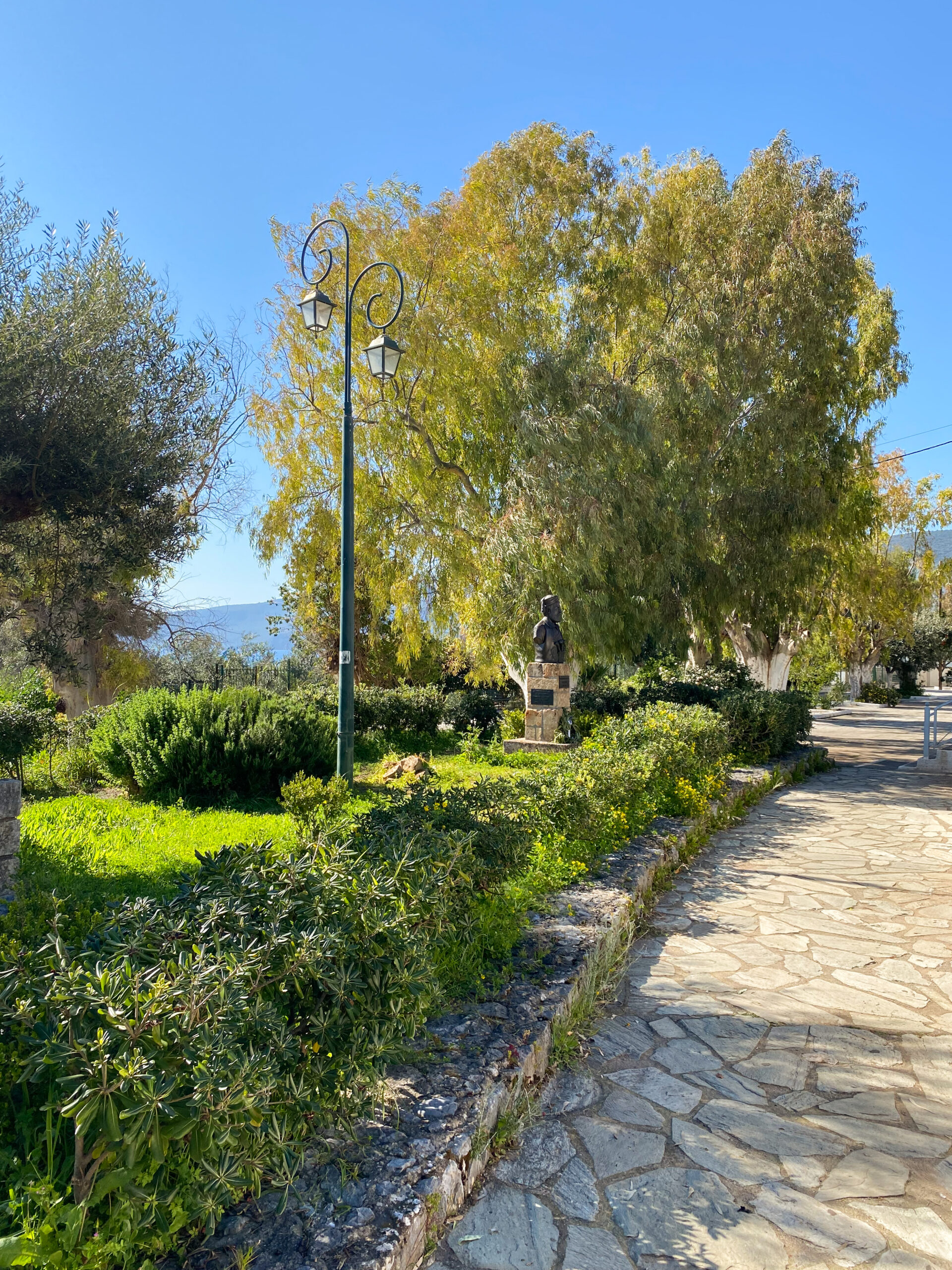
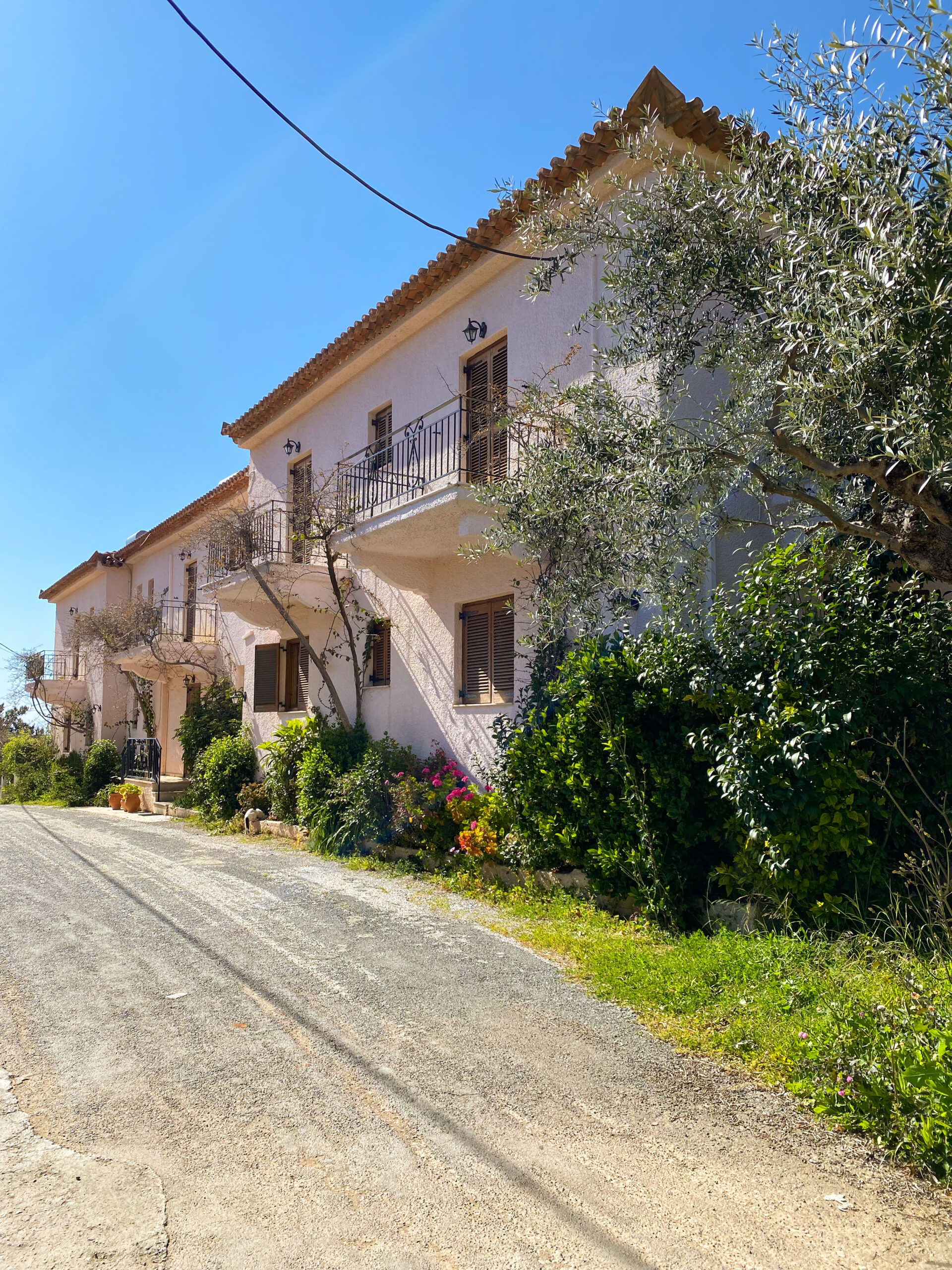
And so ends our road trip around the Mani! While I originally planned our trip to the Peloponnese for all the Ancient Greek history and mythology, I added in the Mani because while researching for the trip I became really fascinated with this area. I’m so glad I added it because the Mani is definitely my favourite place in all of Greece.
I’m so thrilled I got to share this special place in Greece with you. What do you think of the Mani, would you visit?

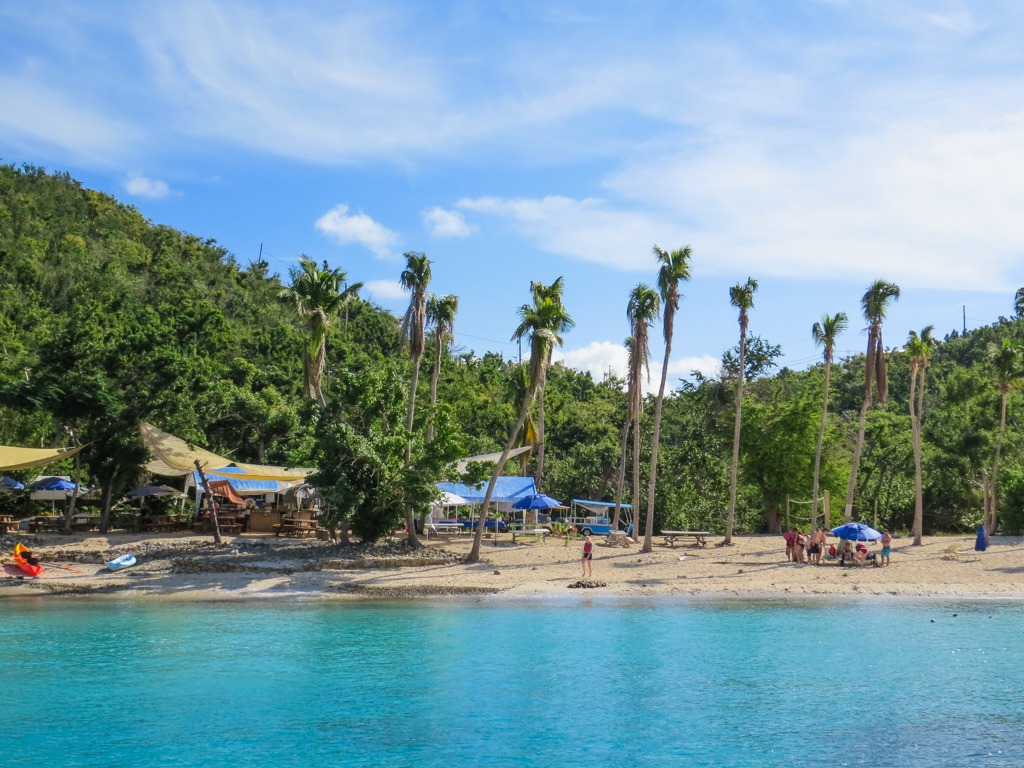

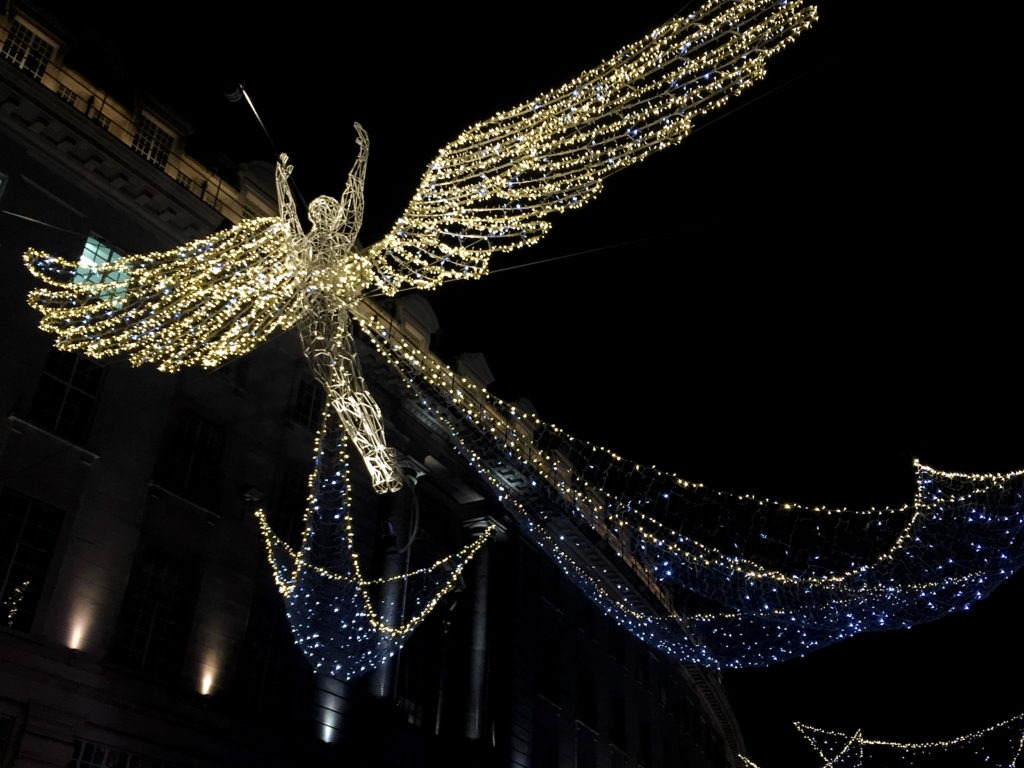
No Comments